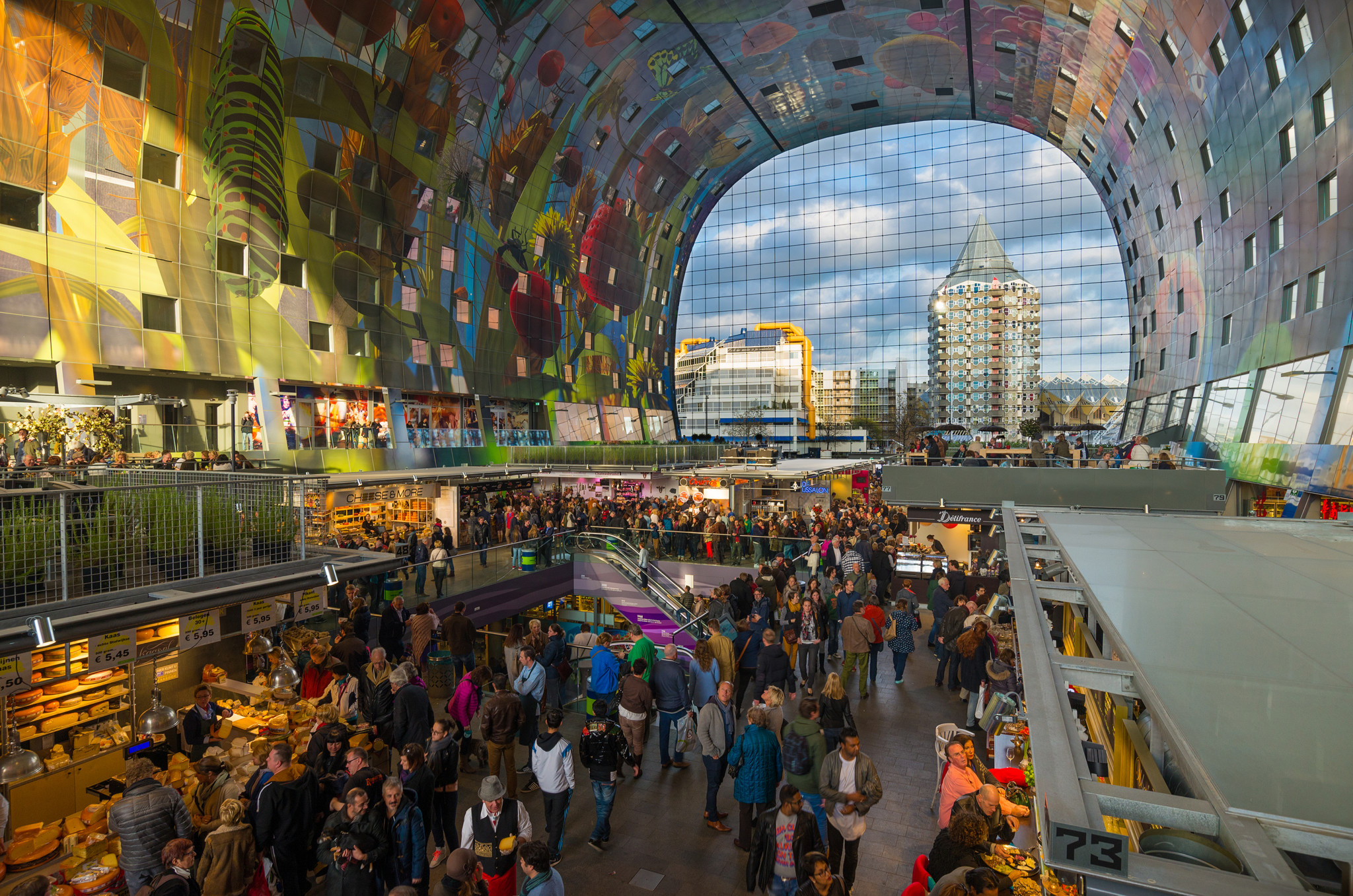
We are all fascinated by the real-time thriller that’s playing out on our high streets – the one where the big internet baddies take out all our well-loved store brands, one by one.
In the UK, plans for an ‘Amazon Tax’ are gaining more traction as politicians say online retail giants should be hit in the wallet to level the playing field for our ailing high streets. So, would this save the British high street, or the US malls and shopping centres in Europe?
Of course it won’t. Bricks and mortar retail, as we know it, shouldn’t be protected from online shopping. Instead, it desperately needs to innovate.
Innovate or you die
Lack of innovation was the cause of death for one of the great retail behemoths: Toys R Us. It was such a perfect business, in a huge and growing sector, with a great name and extensive stock. Yet, like many corporations, Toys R Us didn’t believe in the internet. So, it out-sourced its fulfilment to Amazon 17 years ago and unwittingly introduced its consumers to the habit of buying toys online. This simple act was the beginning of its end.
Innovation, however, is what will keep shops open and, as in many business sectors, this innovation will come from outside. It won’t come from existing retailers that are ‘protected’ by governments with special tax exemptions and subsidies, but from outsiders that bring fresh perspectives and challenge conventions. We can already see this in action.
Apple famously reinvented retail when it opened its first store almost two decades ago. People thought it was foolish: how could it make money when it had only a handful of different products on sale? Surely it couldn’t compete with department stores, or specialist technology retailers?
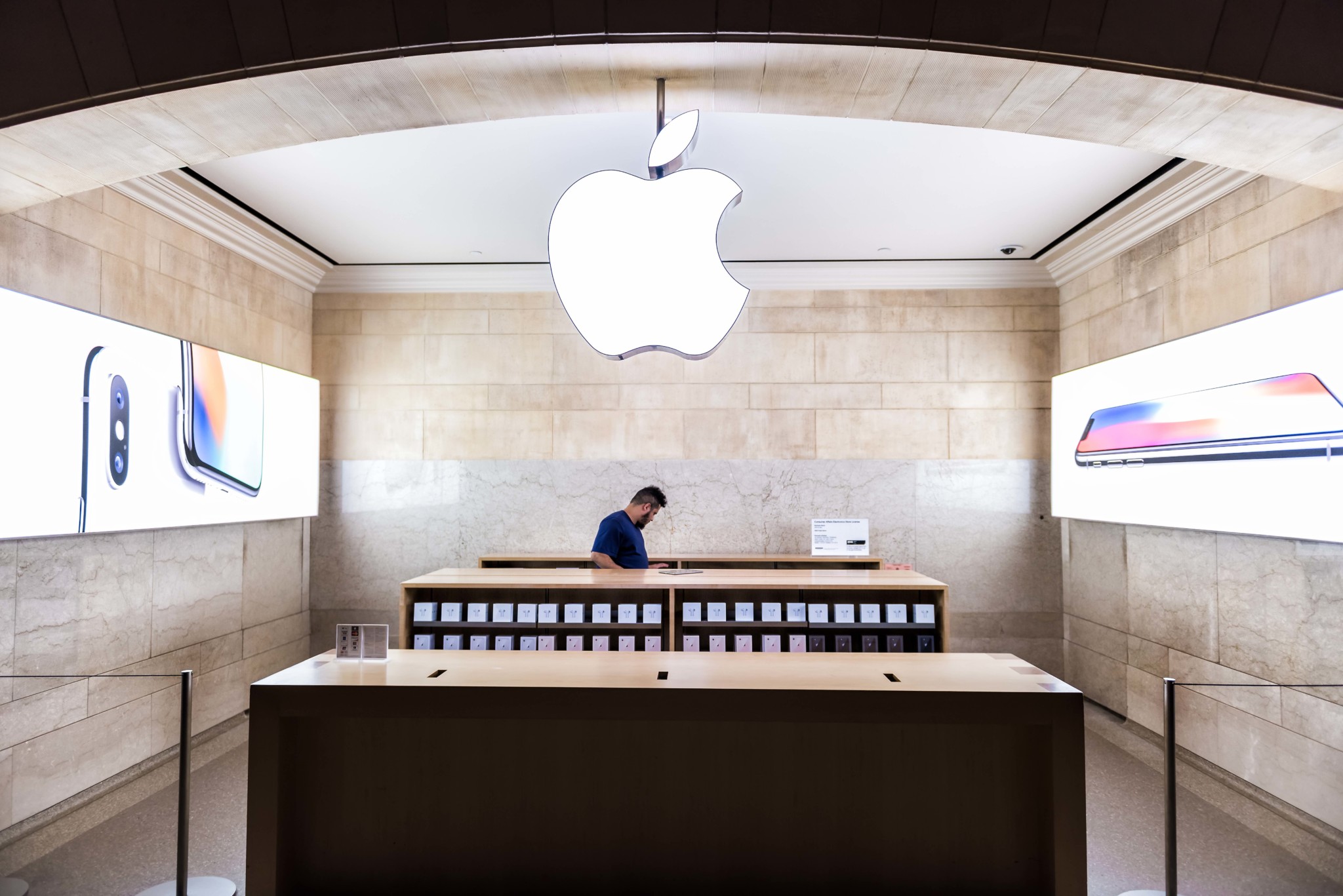 Fast forward to 2019 and with 500+ outlets, Apple’s stores are the envy of the high street. Its average sale per square foot increased from $4,551 in 2014 to $5,628 last year, according to eMarketer. By comparison, leading US apparel retailer Lululemon Athletica ‘only’ sells at $1,560 per square foot. Apple even beats luxury players like Tiffany.
Fast forward to 2019 and with 500+ outlets, Apple’s stores are the envy of the high street. Its average sale per square foot increased from $4,551 in 2014 to $5,628 last year, according to eMarketer. By comparison, leading US apparel retailer Lululemon Athletica ‘only’ sells at $1,560 per square foot. Apple even beats luxury players like Tiffany.
Big baddie Amazon believes in the physical too. As well as having acquired Wholefoods, it operates ten Amazon Go stores in the US and has now secured its first site outside the US, near Oxford Circus in central London. In these cashier-less stores, customers scan their smartphones at a turnstile to enter then cameras and sensors identify what they take from the shelves. When shoppers are finished, Amazon bills their credit cards as they leave the store.
For direct-to-consumer brands, physical stores have become critical for growth. UK cycling brand Rapha, for example, can only be purchased in its own physical or online stores. With a turnover of £85 million, it is one of sport fashion’s success stories. In August 2017, Rapha founder Simon Mottram sold a majority share of his company to Walmart’s heirs, for a reported £200 million.
Rapha was built on a very close connection to consumers. Cyclists like meeting other cyclists to talk about their shared passion for bikes and fashionable Lycra. Rapha’s stores became a meeting point to do just this. On the back of these stores, the brand created a great membership programme and opened 21 clubhouses across the globe. Physical retail isn’t just another sales channel in their value chain – it’s a vital way of creating a deeper relationship with their customers.
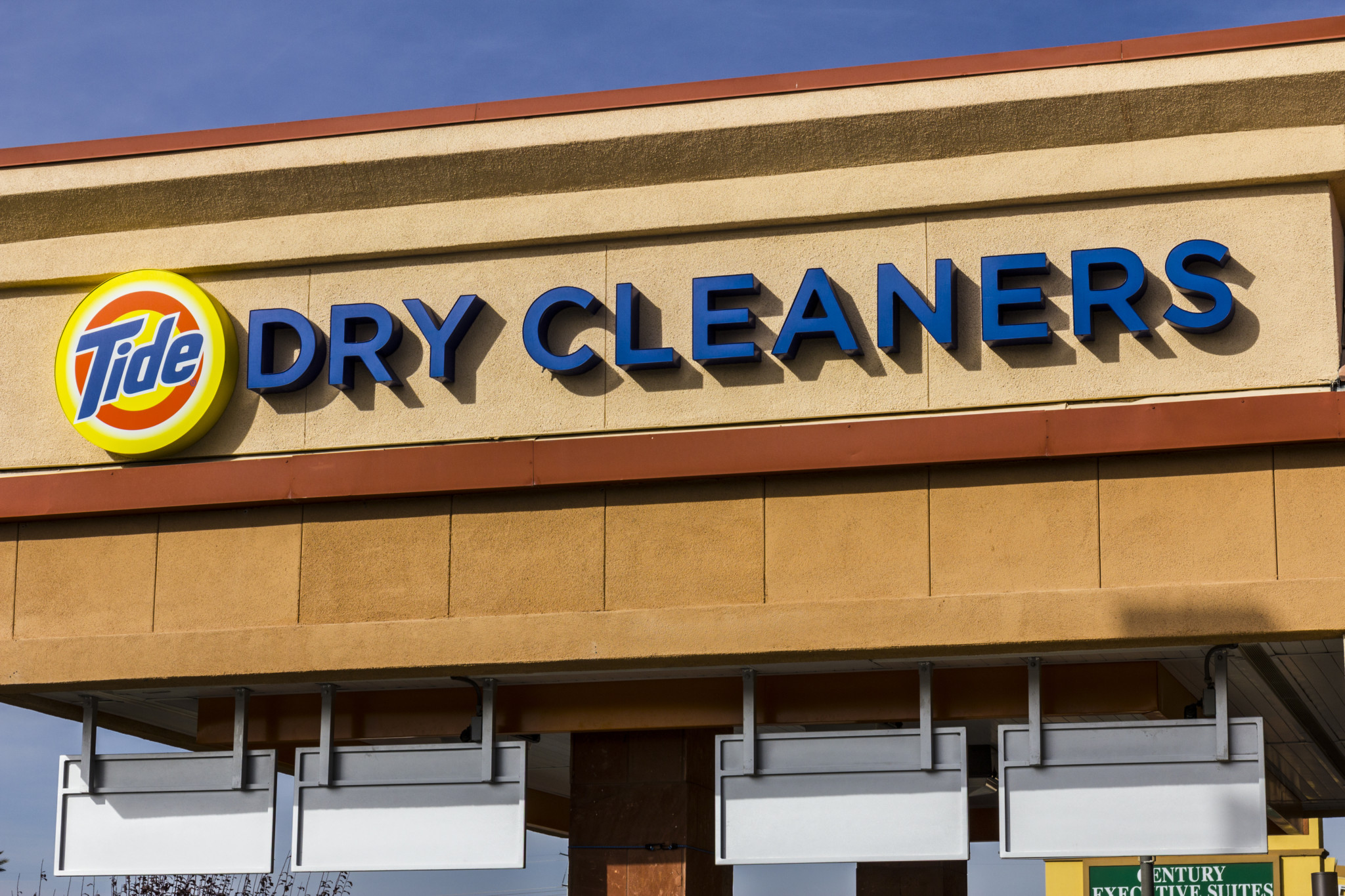 Other big brand owners are learning from this. P&G’s detergent brand Tide is expanding its foray into retail. It opened its first dry cleaning store in 2010, and now has 125 branches run by franchise owners in the US. Last month, the Tide team announced that it would pull together other services, such as drop-off locations, into a new offer: Tide Cleaners. The brand now plans to double the number of places around the country where customers can drop-off and pick-up laundry to 2,000 by late 2020.
Other big brand owners are learning from this. P&G’s detergent brand Tide is expanding its foray into retail. It opened its first dry cleaning store in 2010, and now has 125 branches run by franchise owners in the US. Last month, the Tide team announced that it would pull together other services, such as drop-off locations, into a new offer: Tide Cleaners. The brand now plans to double the number of places around the country where customers can drop-off and pick-up laundry to 2,000 by late 2020.
Like Apple, Amazon, Rapha and Tide all acknowledge the power of the physical. Last time I checked, we humans still like getting physical, too.
These innovative retail businesses all adhere to three principles:
1. Make it yours.
They work to ensure shoppers can feel the brand, something they can’t online. The key is: do not become an anonymous white box of nothing.
2. Go beyond the product.
A retail space doesn’t have to be a Nike Town. However, there must be a reason for visiting beyond buying the product.
3. Be where your consumer is.
Don’t think people will keep on driving half an hour to go to your store. Open smaller stores where people are – in train stations, near offices, on neighbourhood high streets.
Innovation will be the saviour of retail, as it is the saviour for many sectors. Businesses that currently don’t own physical space, are probably the ones that understand this most. Can you imagine when Oscar-winning Netflix starts a cinema chain? I wouldn’t want to be CEO of Odeon and Cineworld.
Author: Wybe Magermans – Managing Director. First published in Retail Design World.
For any press enquiries email press@wmhagency.com or call +44 (0) 20 3217 0000.
Unless otherwise cited, © copyright 2019 Williams Murray Hamm, all rights reserved.



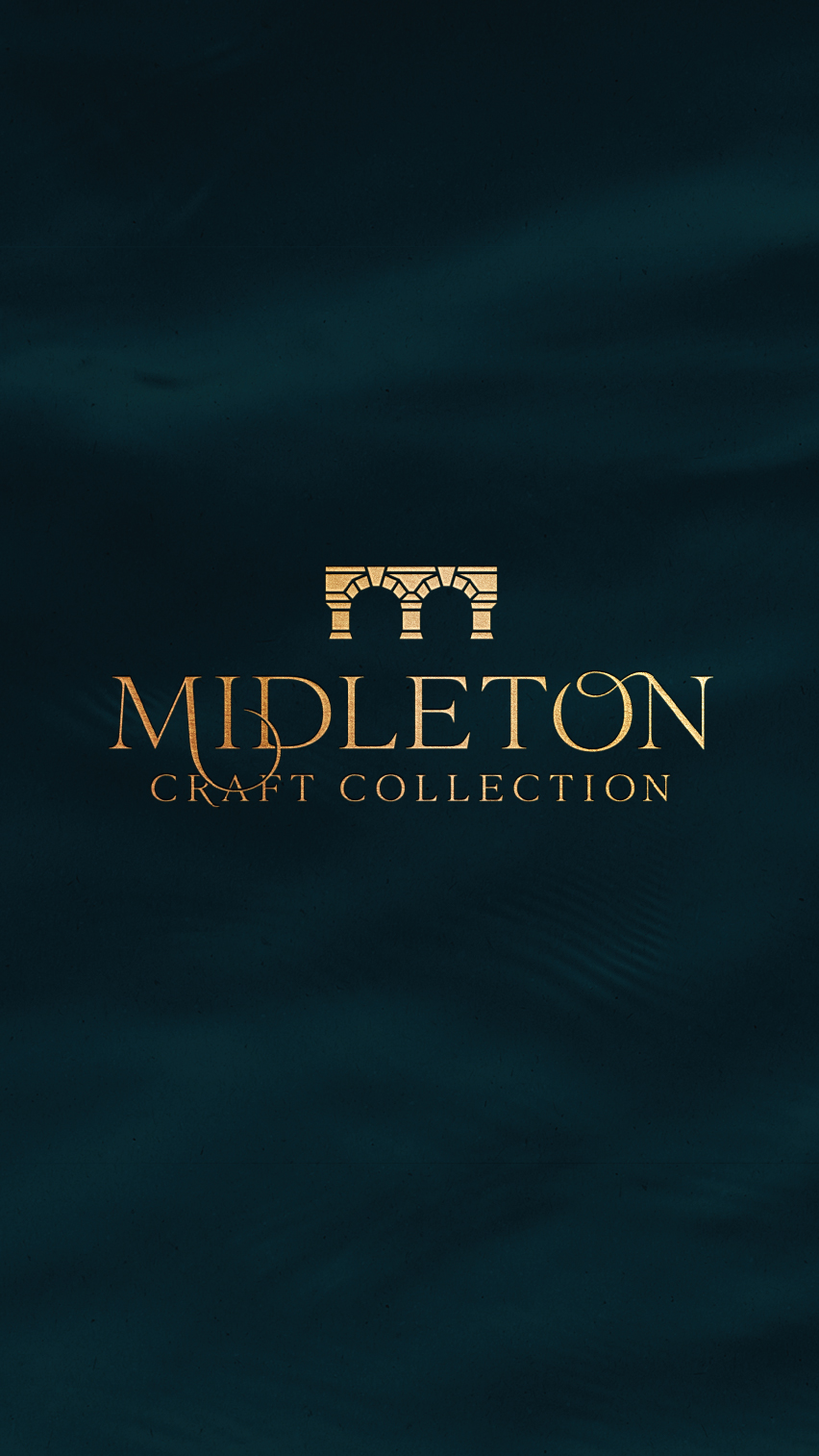 Irish Distillers, a Pernod Ricard-owned company, has been leading the renaissance of Irish whiskey, with Jameson claiming its spot in the top 10 global spirits brands in 2019. Irish whiskey is projected to grow ahead of the total whisk(e)y category, and Irish Distillers wants to continue to lead this next phase in the Irish whiskey journey: premiumisation. Their portfolio of brands produced at Midleton Distillery provides an array of premium, super premium and ultra-luxury whiskey offerings, each targeting different consumers, price points and taste profiles.
Irish Distillers, a Pernod Ricard-owned company, has been leading the renaissance of Irish whiskey, with Jameson claiming its spot in the top 10 global spirits brands in 2019. Irish whiskey is projected to grow ahead of the total whisk(e)y category, and Irish Distillers wants to continue to lead this next phase in the Irish whiskey journey: premiumisation. Their portfolio of brands produced at Midleton Distillery provides an array of premium, super premium and ultra-luxury whiskey offerings, each targeting different consumers, price points and taste profiles.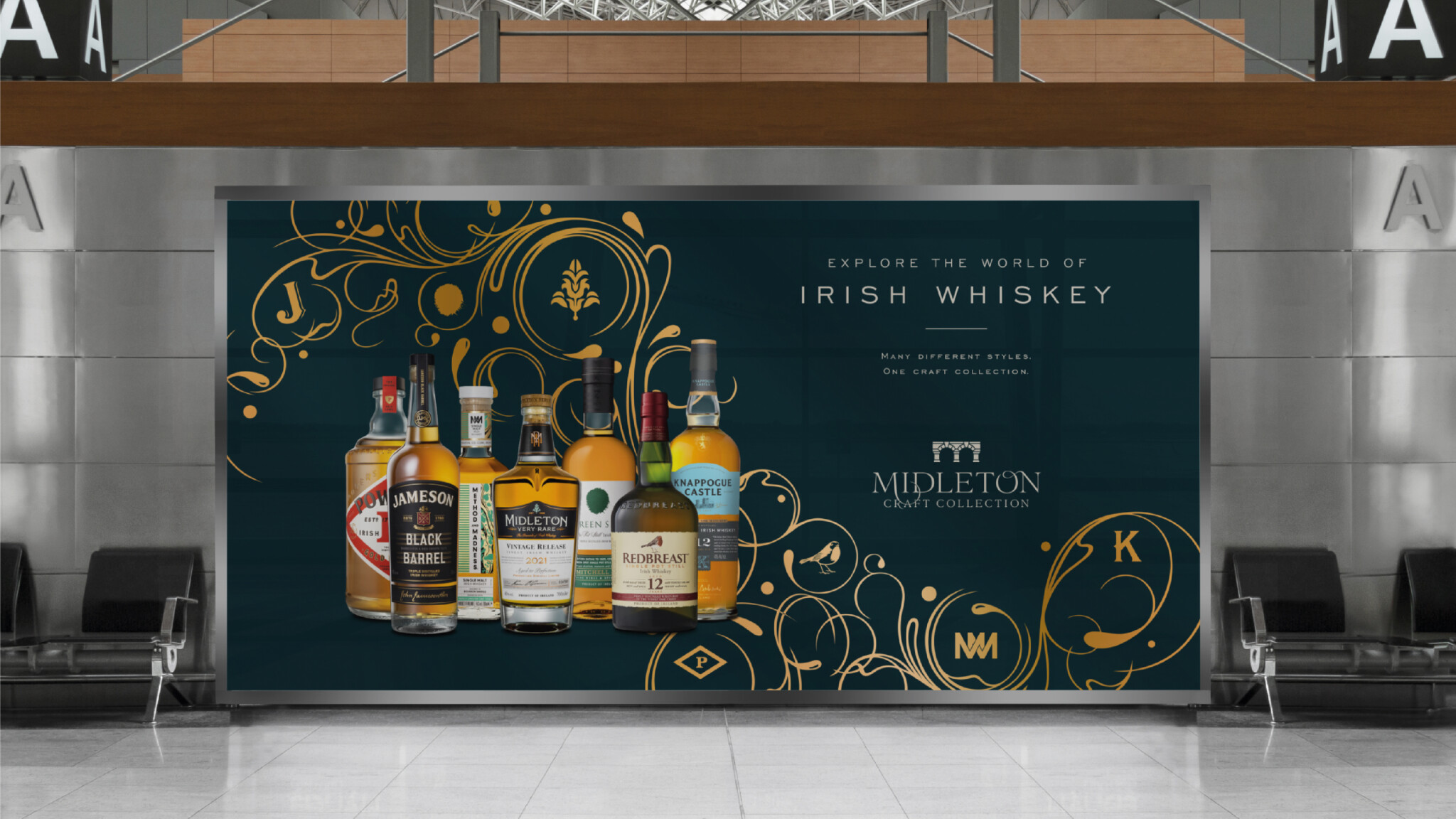
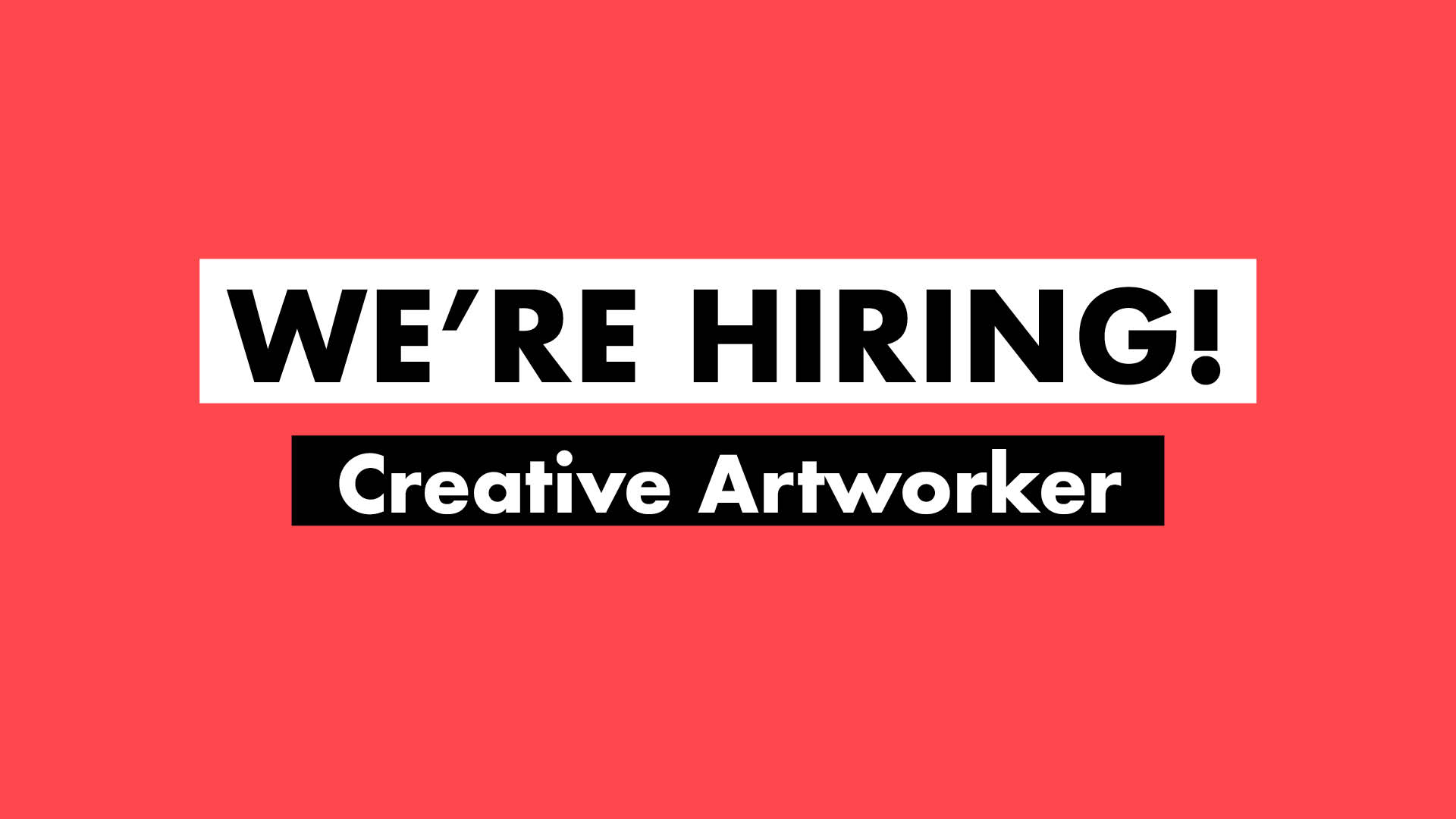
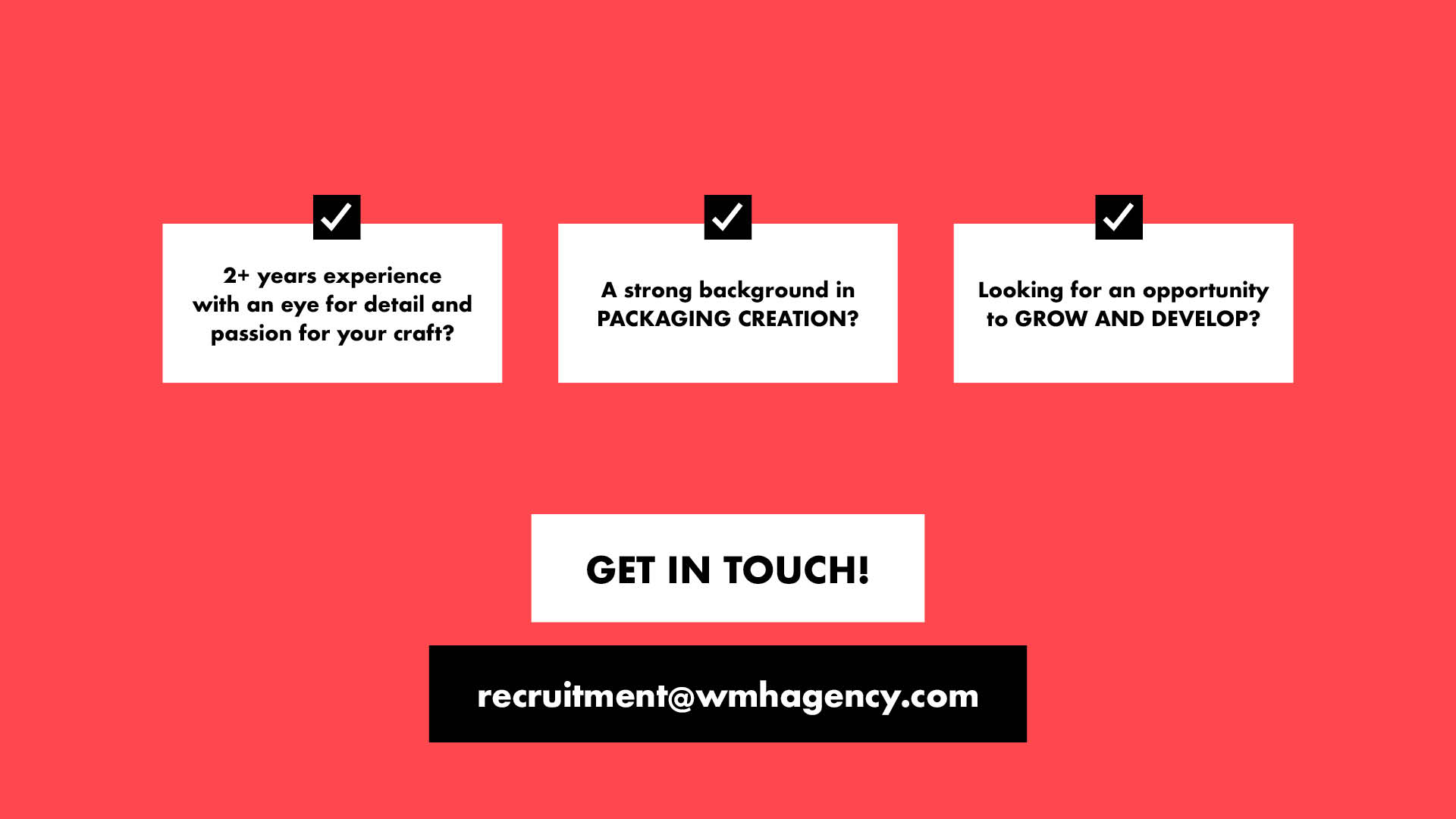
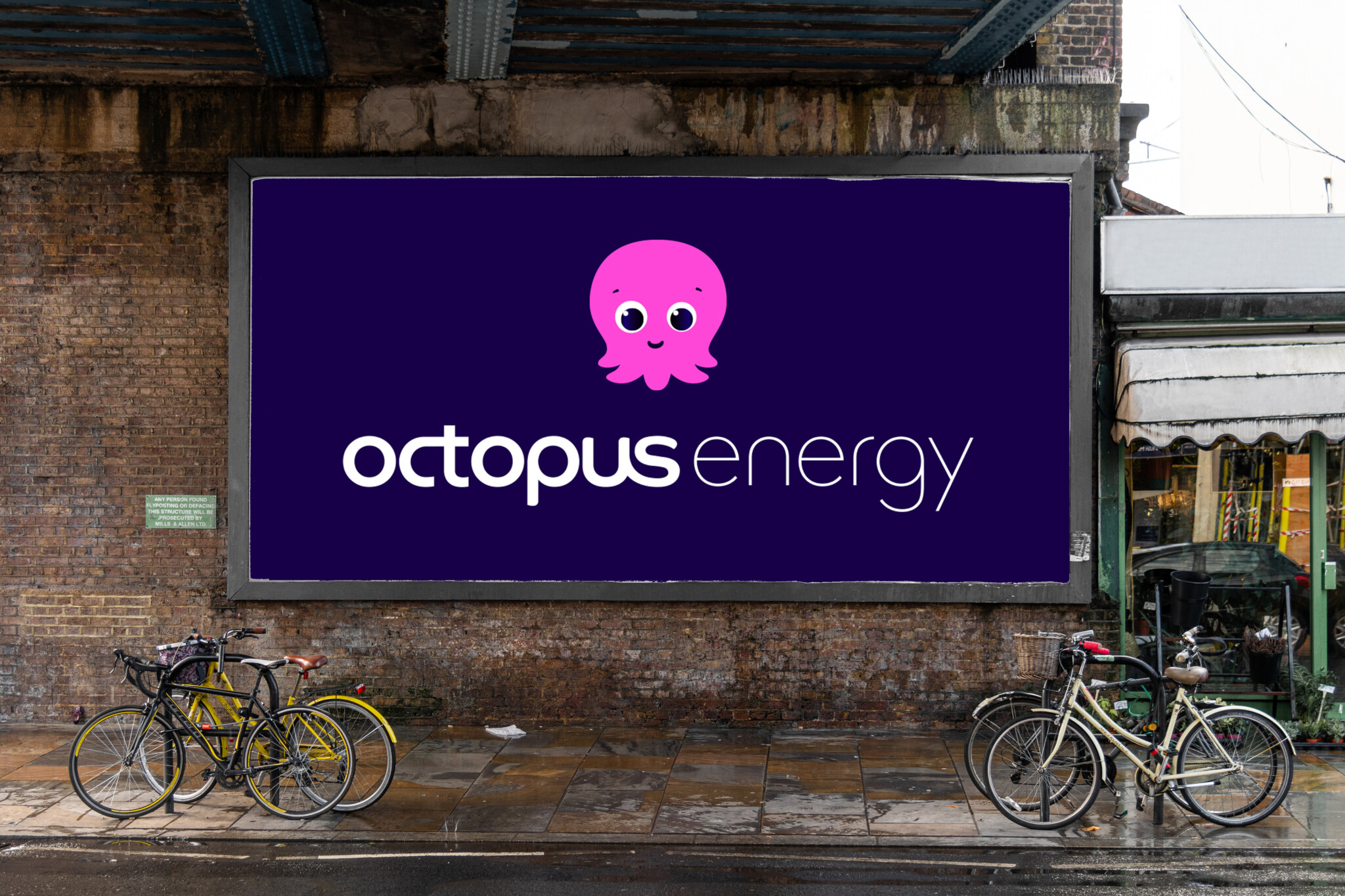
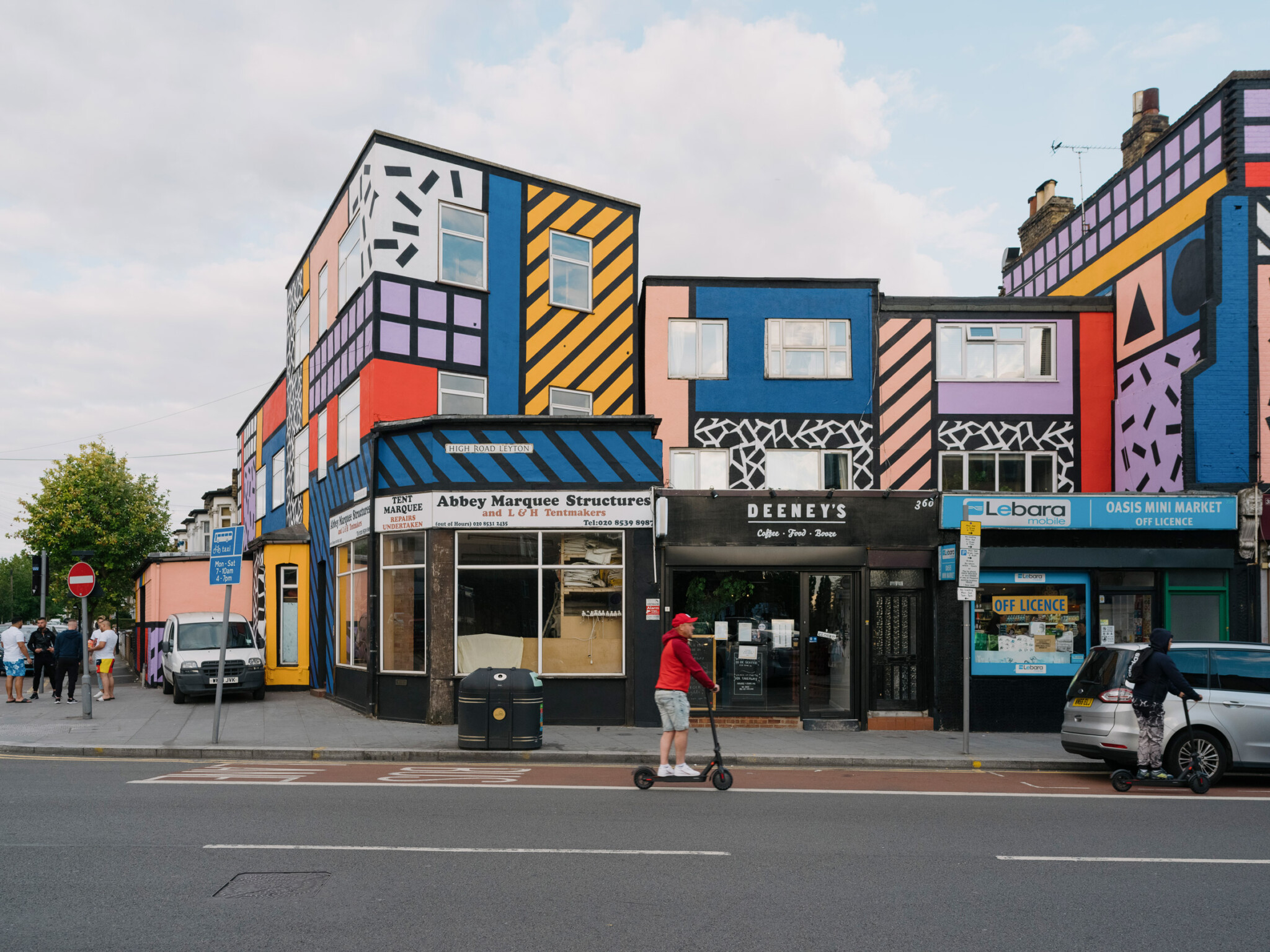
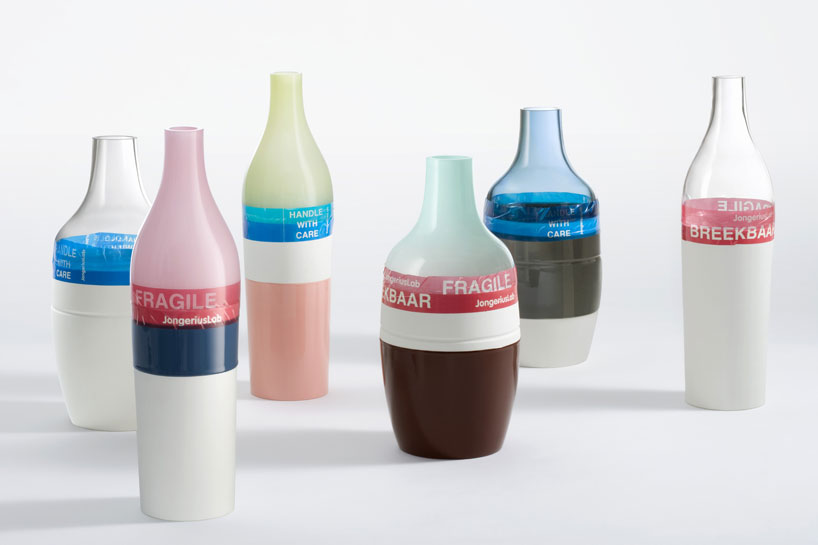
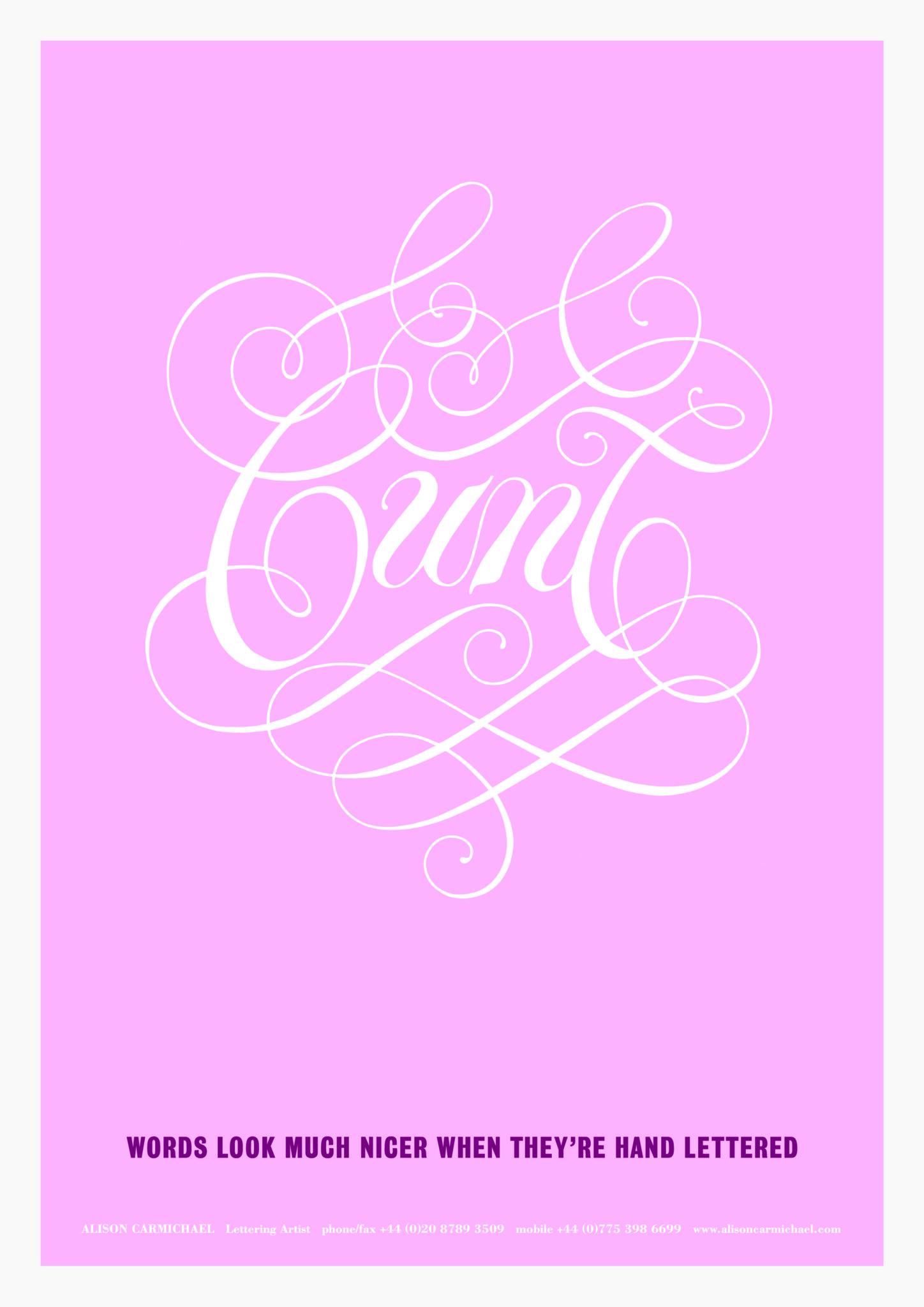
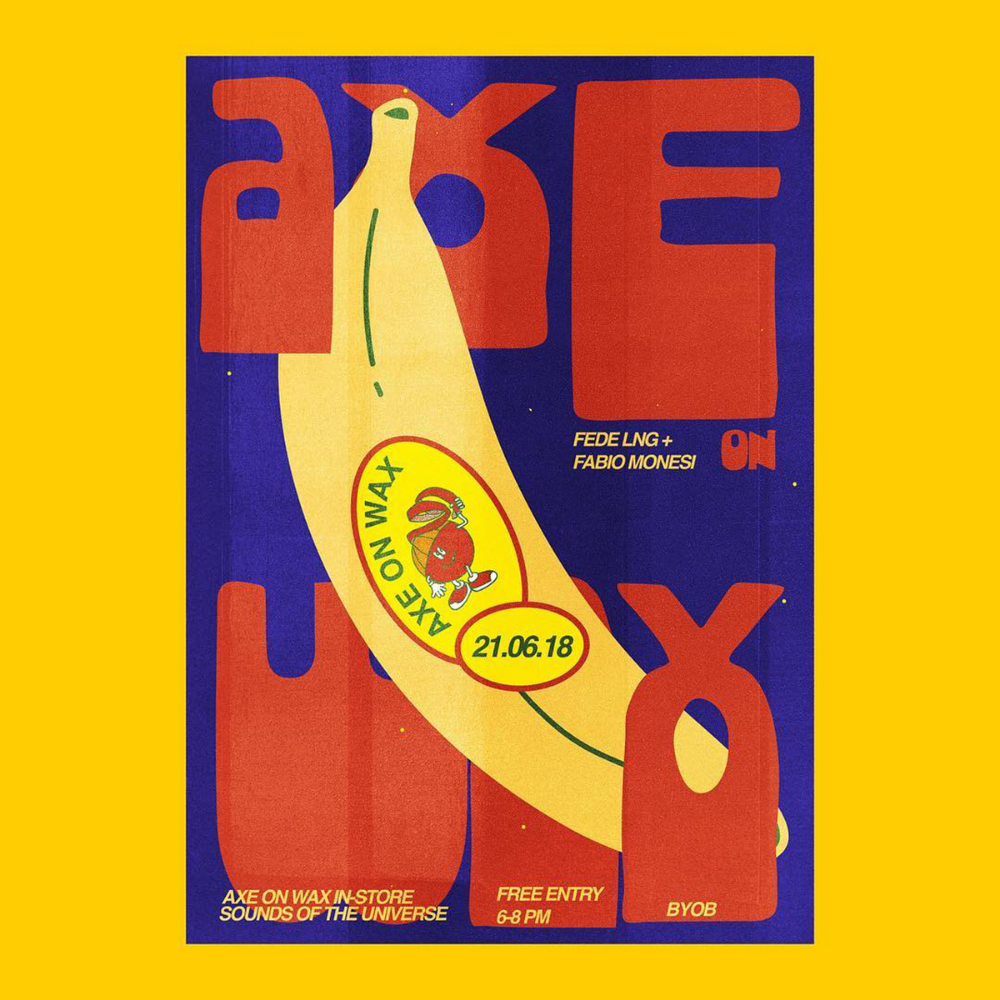
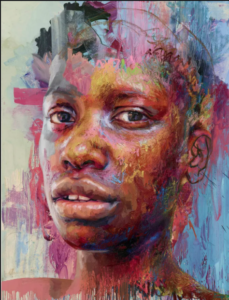
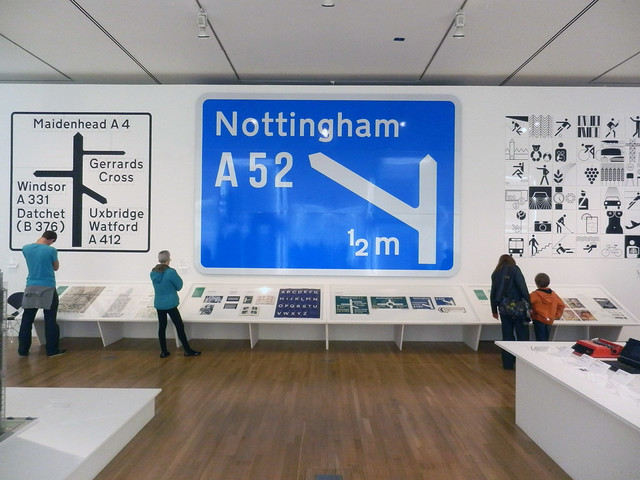
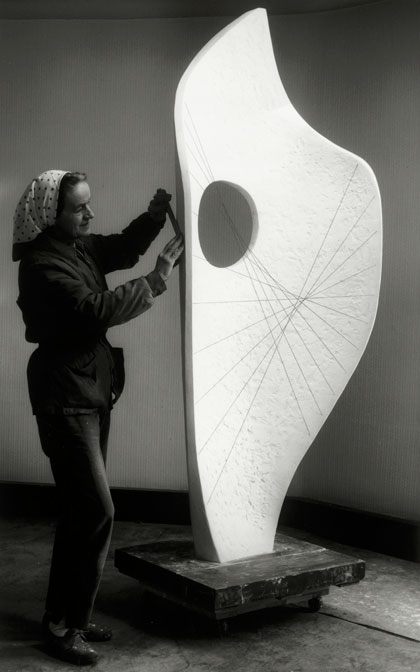

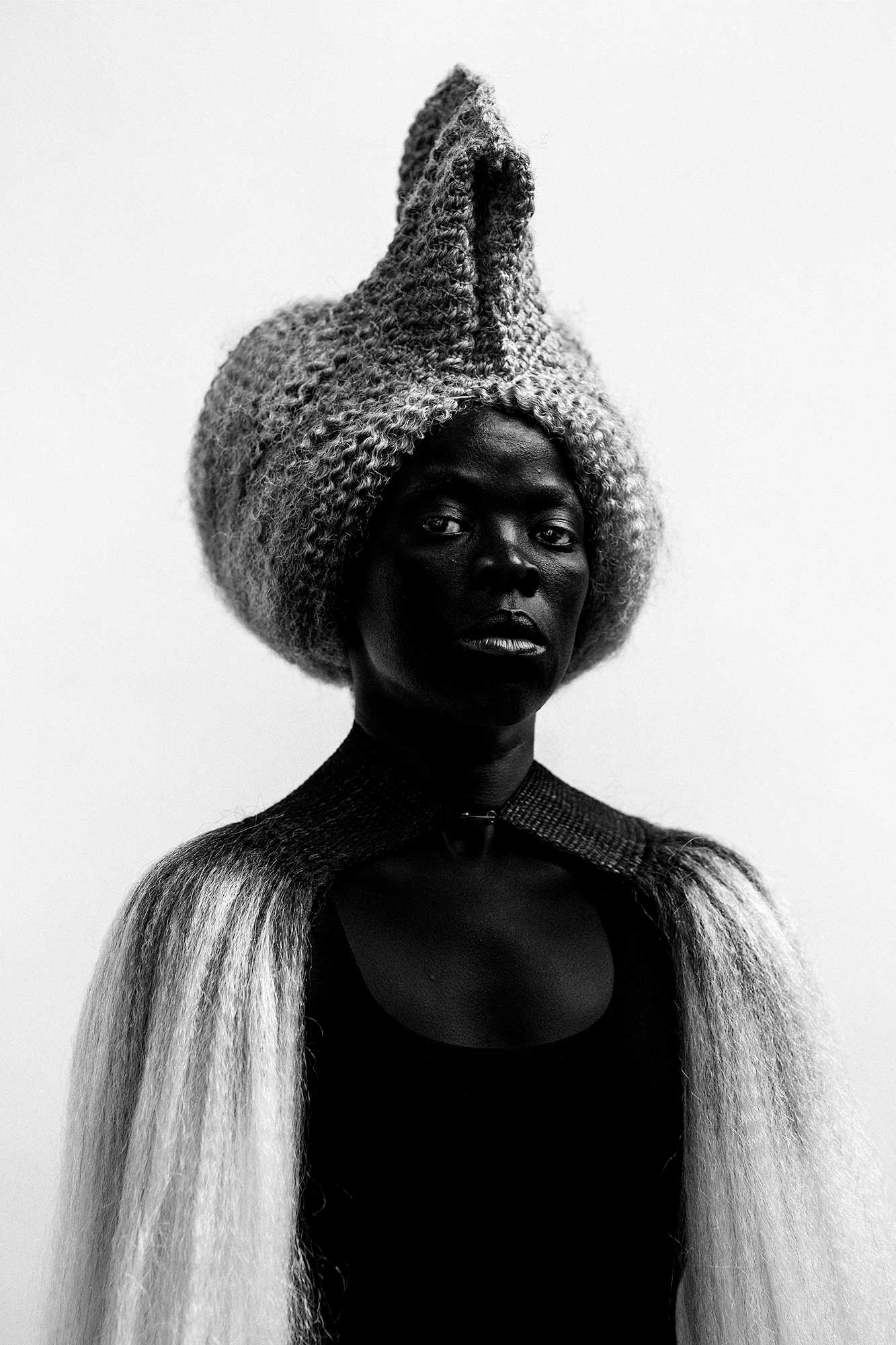
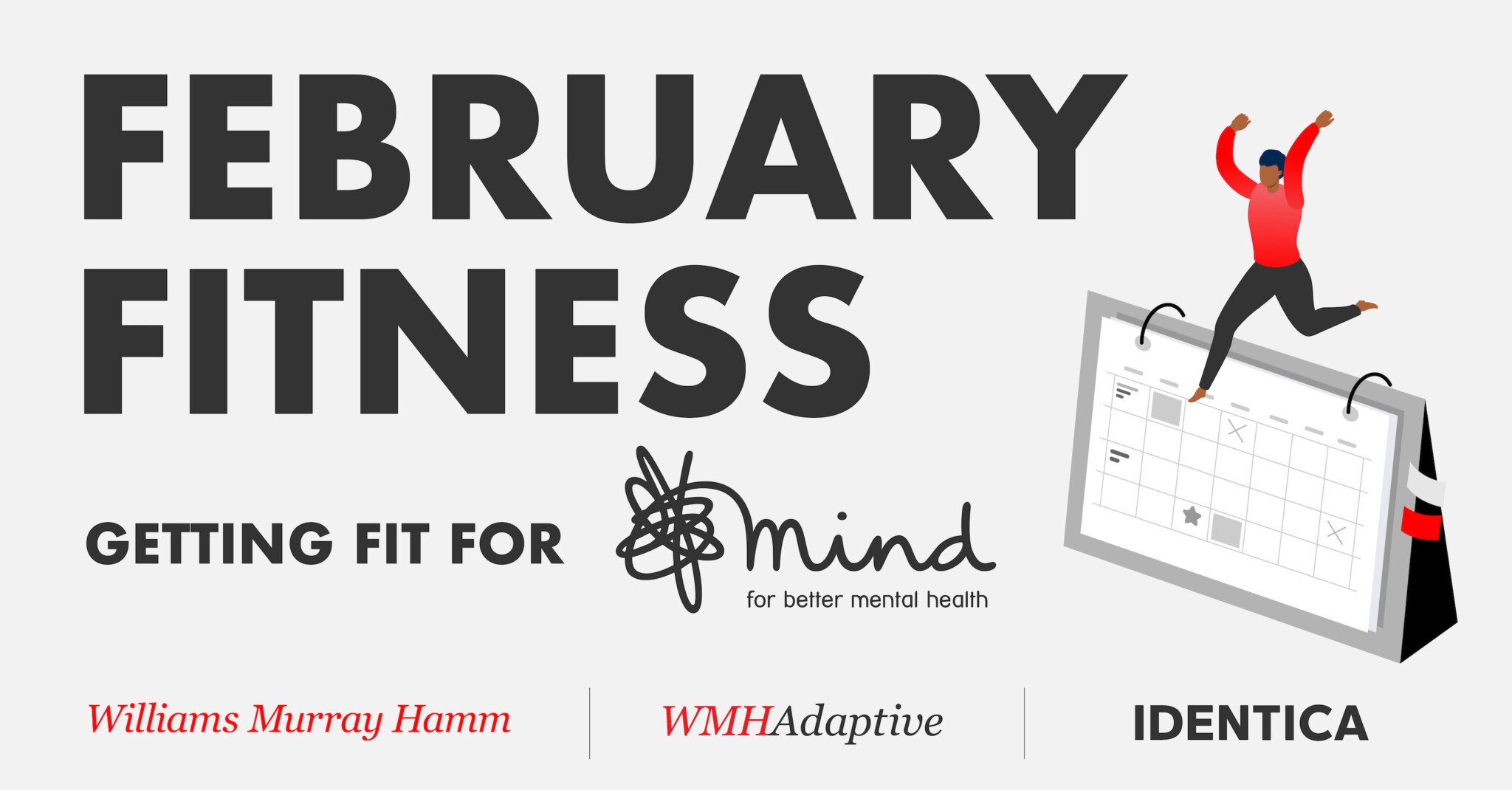

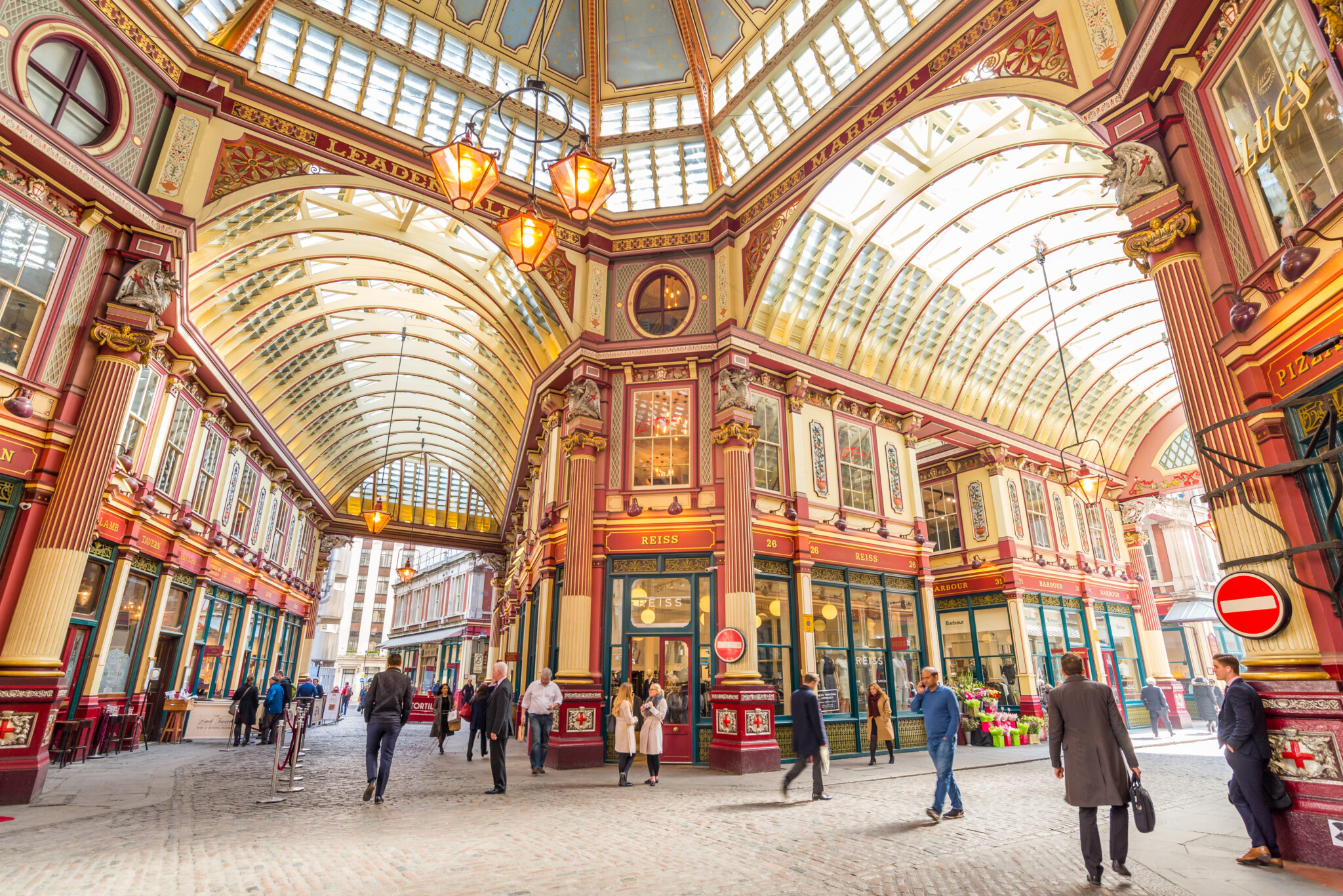 A sense of place
A sense of place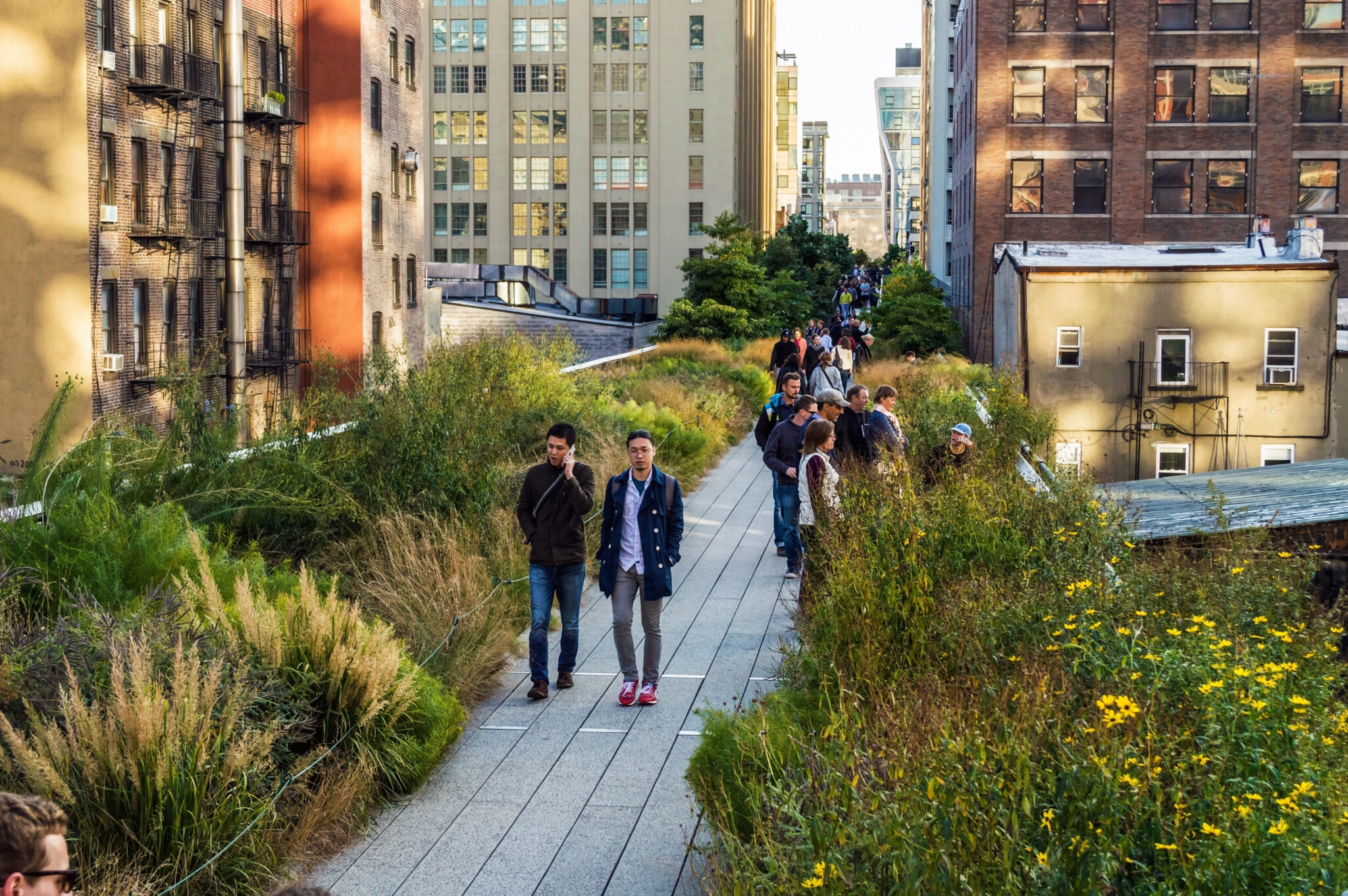
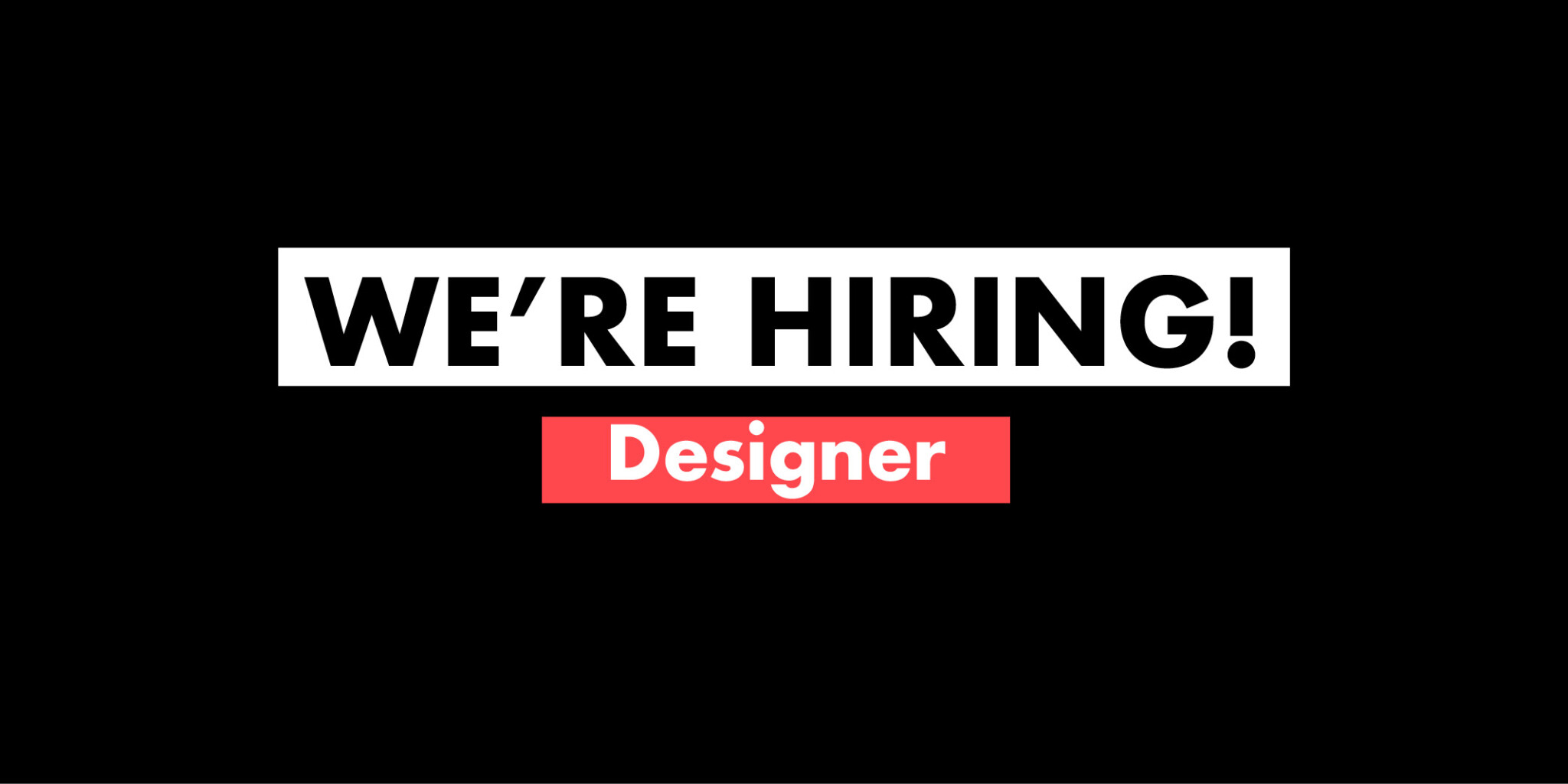

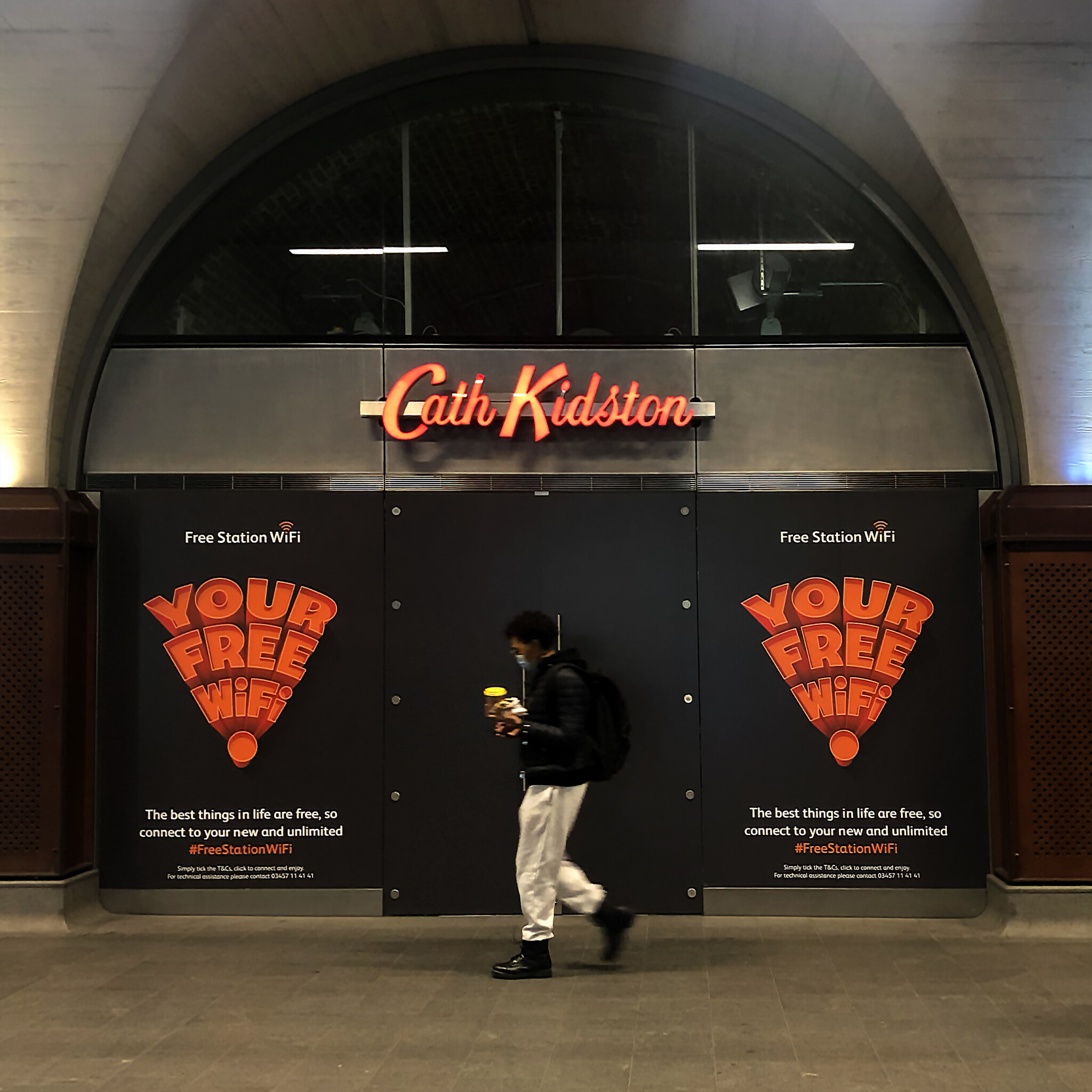

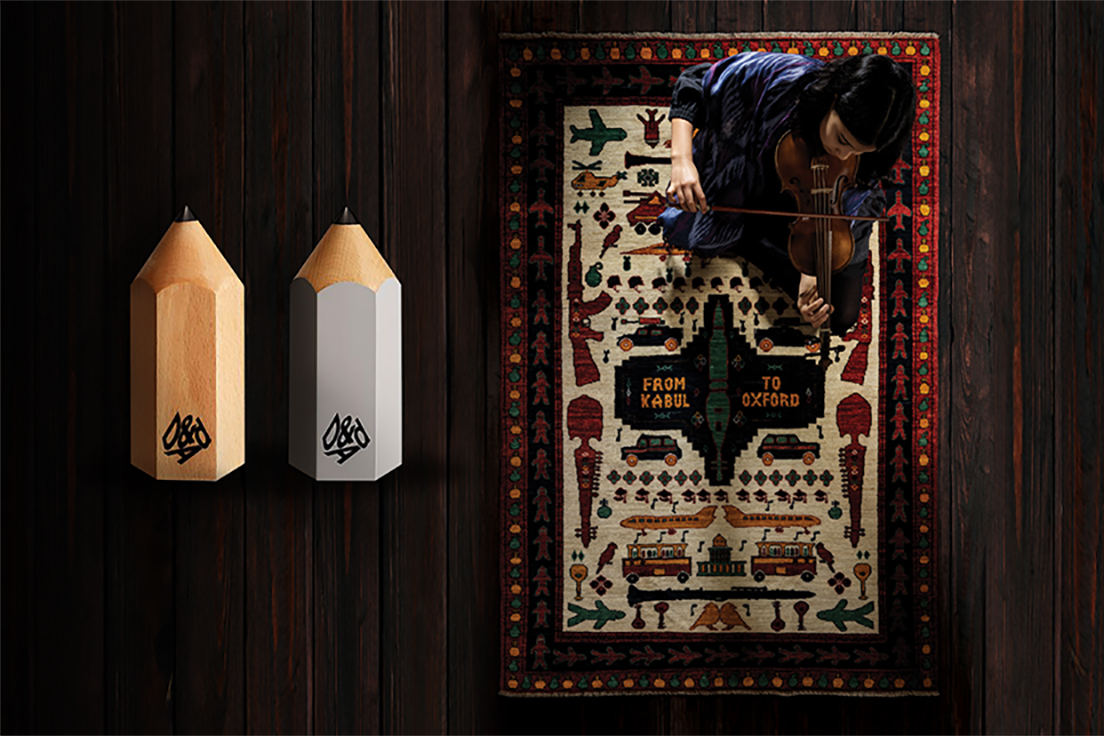
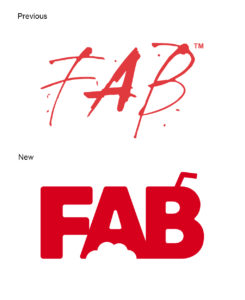
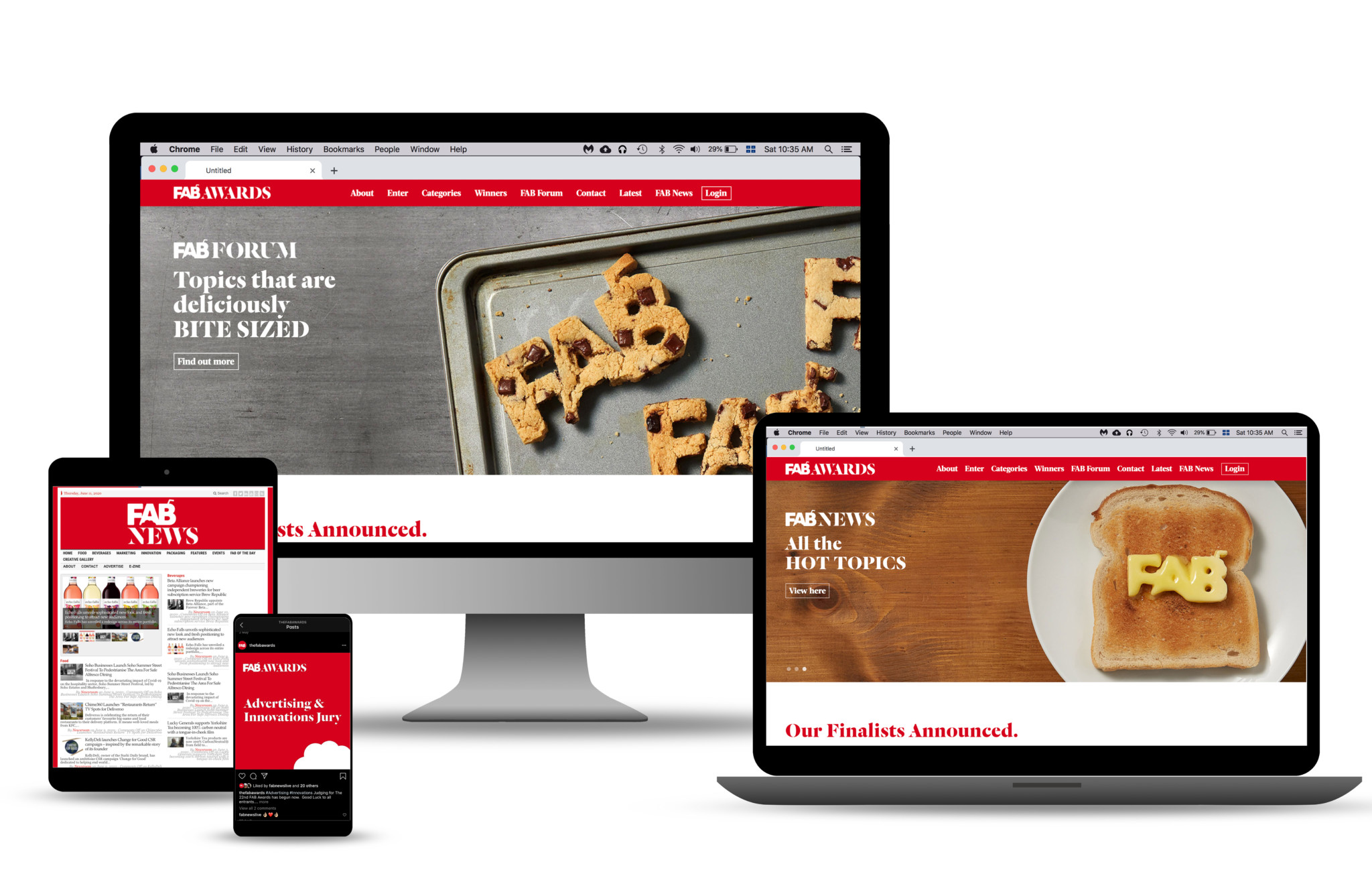
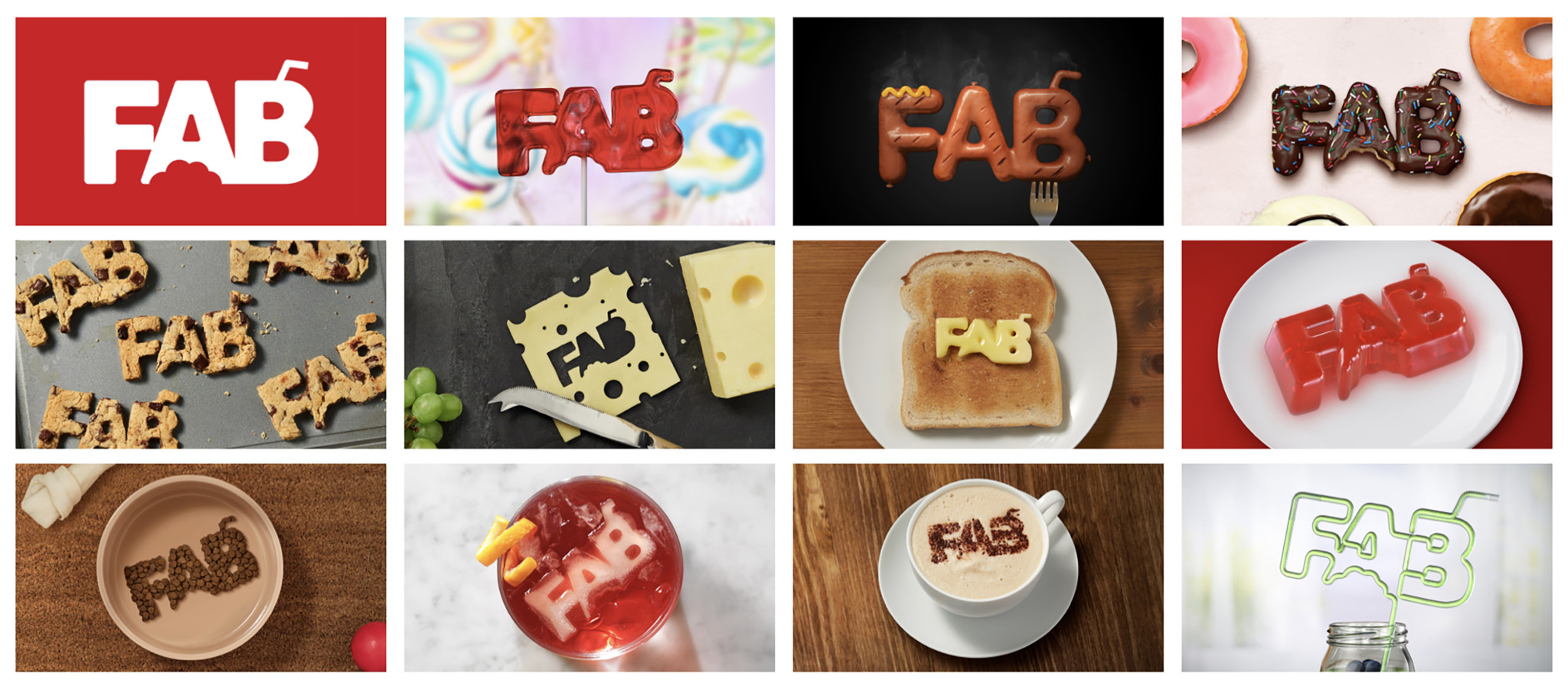
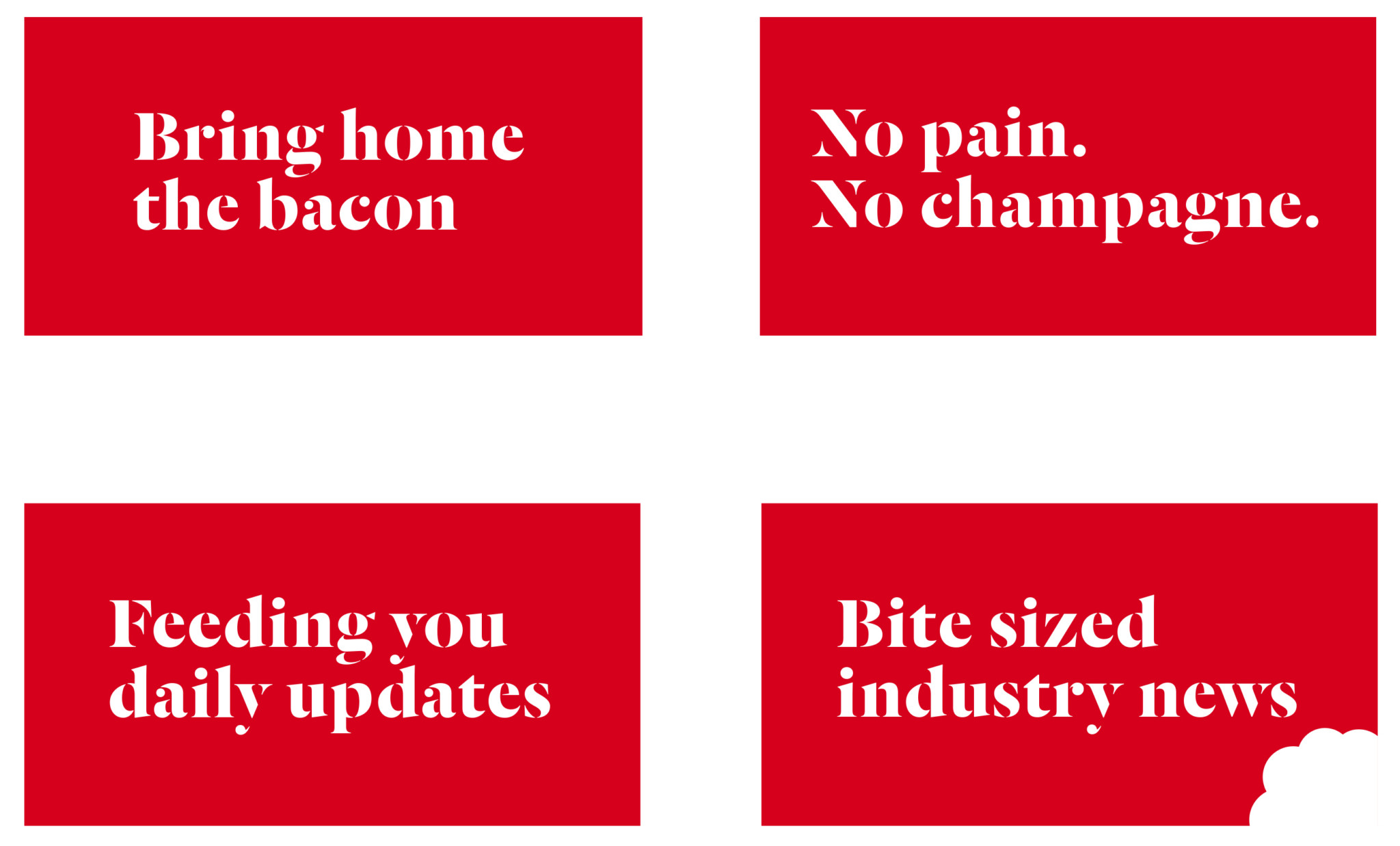
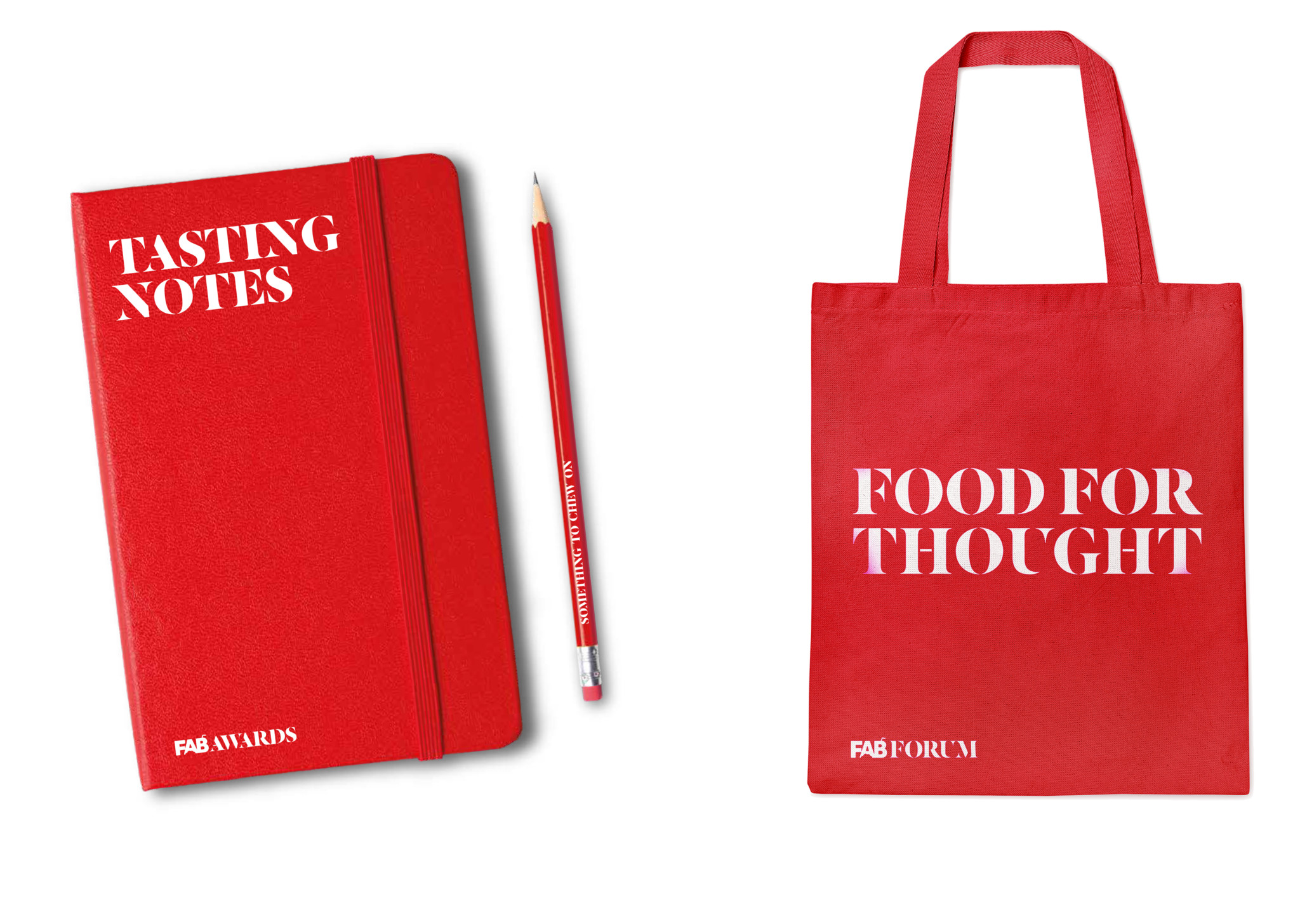
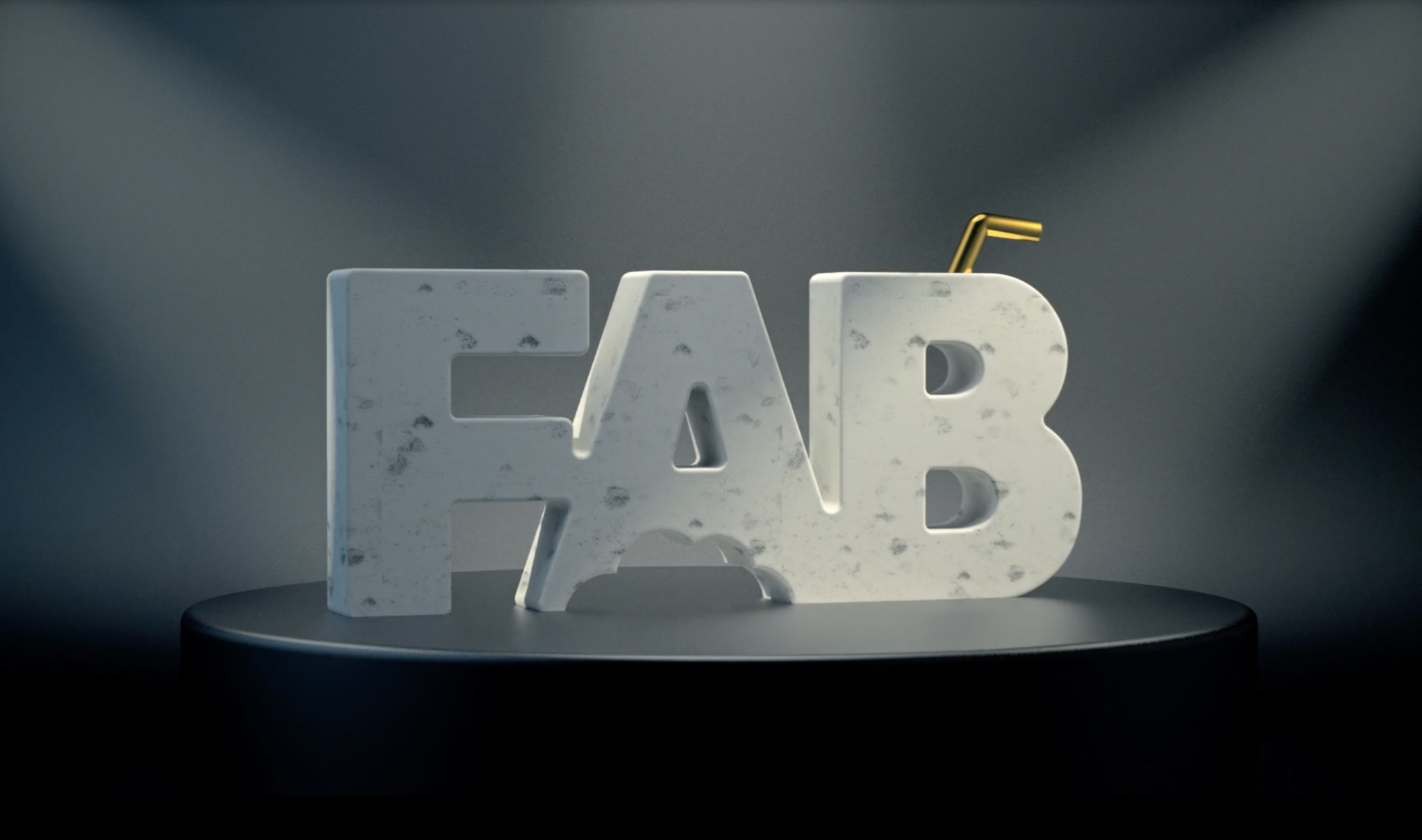
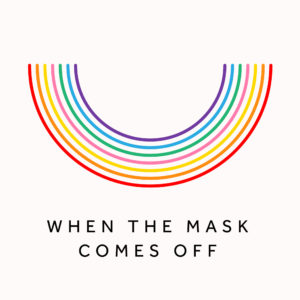 Whilst we are starting to feel some easing off from the lockdown measures, it might be easy to forget that our caregivers are still fighting on the frontline for us every day.
Whilst we are starting to feel some easing off from the lockdown measures, it might be easy to forget that our caregivers are still fighting on the frontline for us every day.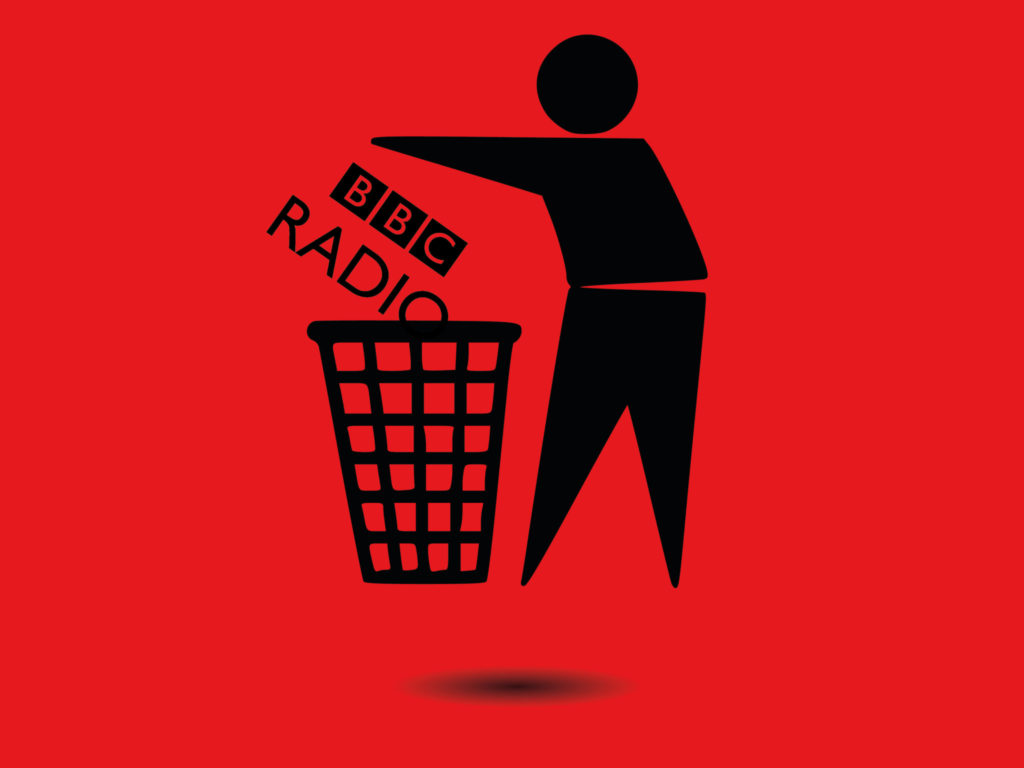 Back to my first supermarket love
Back to my first supermarket love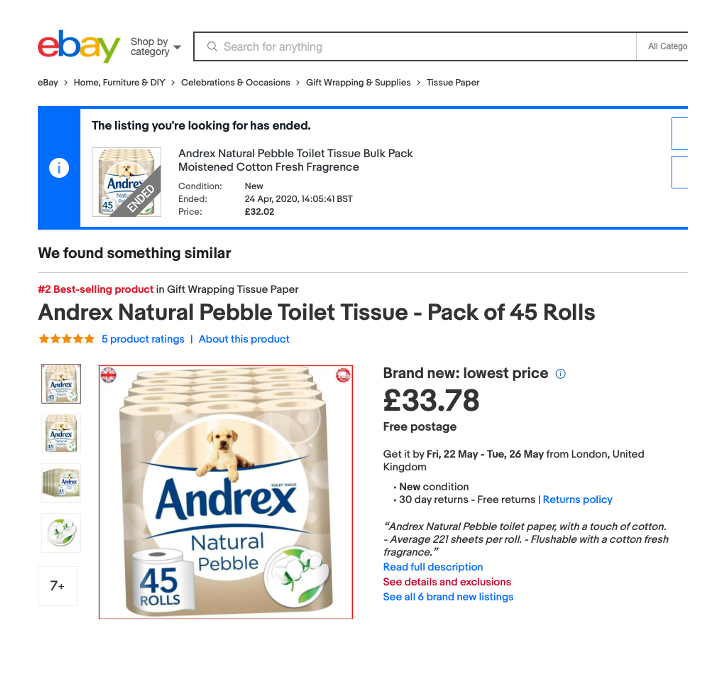 There are, of course, vital items that one misses in lockdown. Marmite went AWOL from Sainsbury’s online. If you were desperate it could be found on eBay for £6.99 for a jar, plus £4 postage. Apparently, they’ve sold 48 of them so far. It makes one think about brand value. What brands would you pay extortionate prices for if they went missing? A quick scan of eBay shows a can of Ambrosia custard selling for £7 (inc postage) and a 1.5kg pack of Allinson’s Strong White Bread flour for £12 (admittedly the postage is a whopping £8). But then eBay is a mad place. Who in their right minds would buy Andrex ‘Natural Pebble’ lavatory rolls? A snip at £33.78 for 45 rolls by the way – it seems they are in ‘New Condition’ which is, no pun intended, a relief.
There are, of course, vital items that one misses in lockdown. Marmite went AWOL from Sainsbury’s online. If you were desperate it could be found on eBay for £6.99 for a jar, plus £4 postage. Apparently, they’ve sold 48 of them so far. It makes one think about brand value. What brands would you pay extortionate prices for if they went missing? A quick scan of eBay shows a can of Ambrosia custard selling for £7 (inc postage) and a 1.5kg pack of Allinson’s Strong White Bread flour for £12 (admittedly the postage is a whopping £8). But then eBay is a mad place. Who in their right minds would buy Andrex ‘Natural Pebble’ lavatory rolls? A snip at £33.78 for 45 rolls by the way – it seems they are in ‘New Condition’ which is, no pun intended, a relief.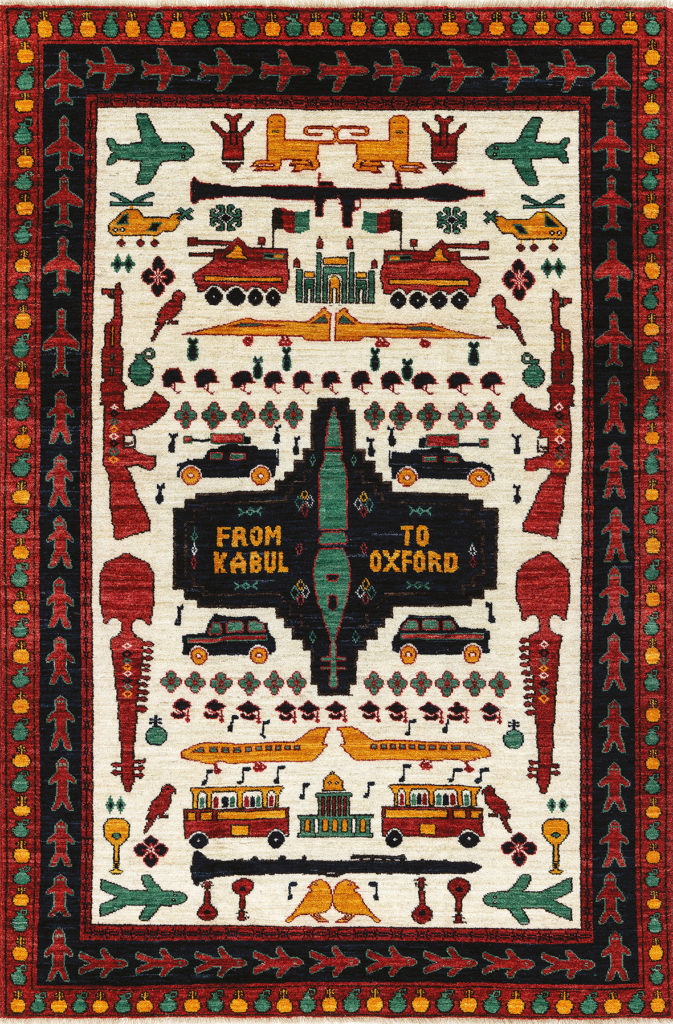
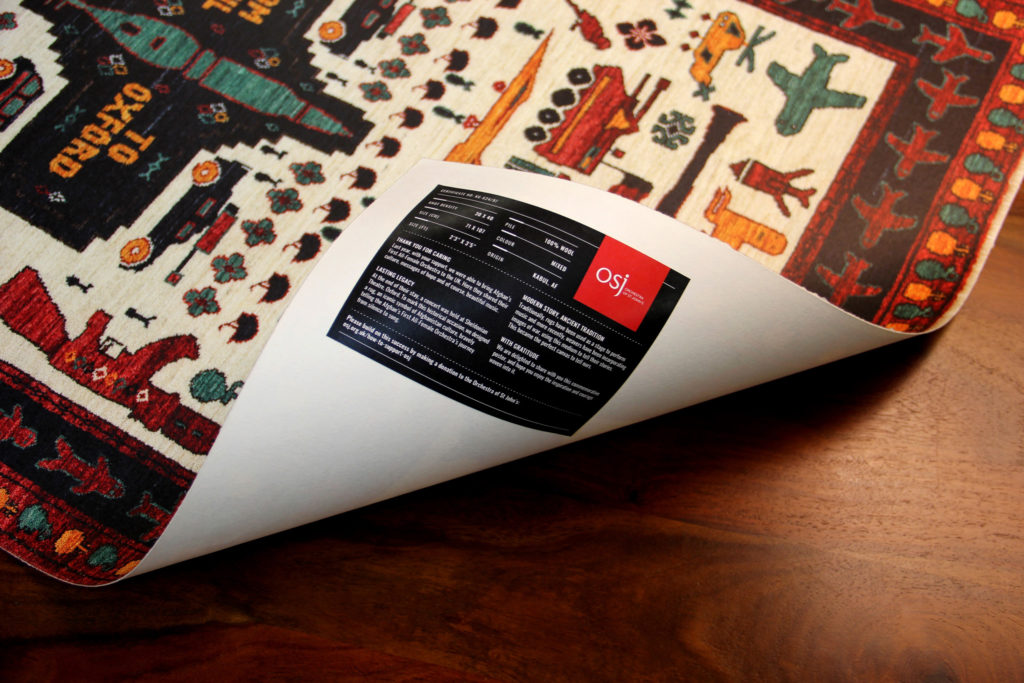
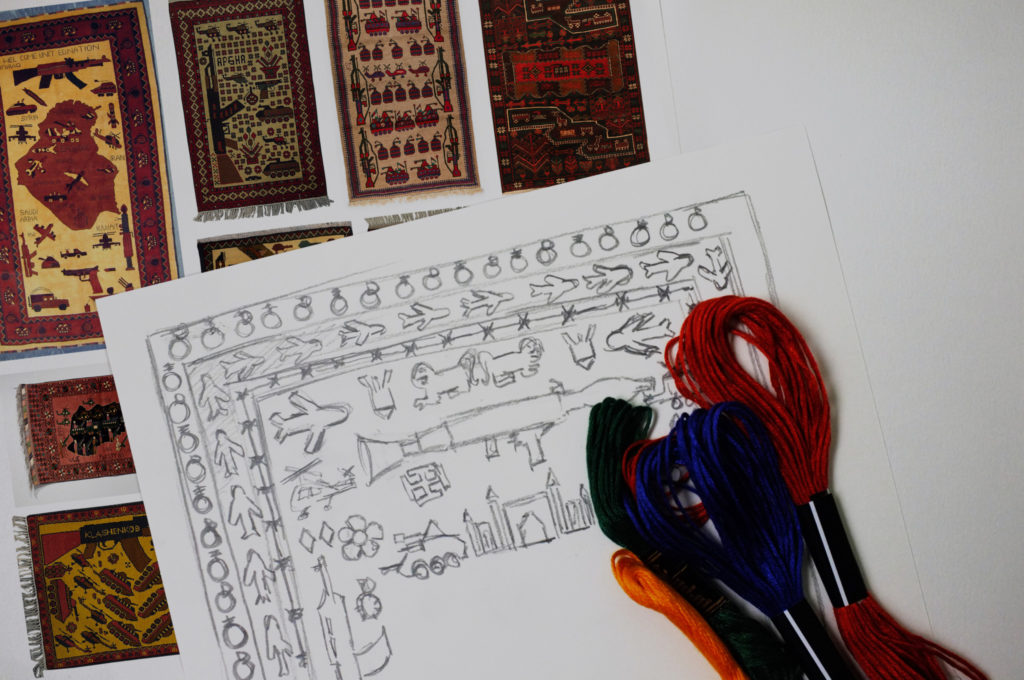
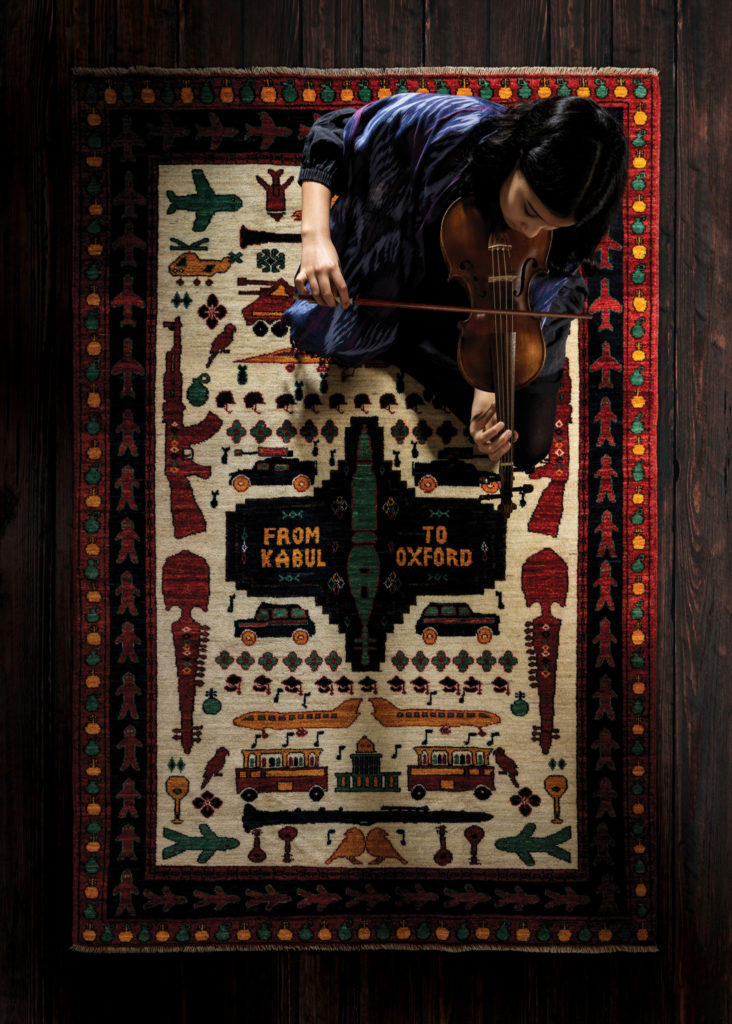
 Many people will have never witnessed a worldwide emergency like COVID-19. The banking crisis was twelve years ago and 9/11 nineteen. We all thought things would never be the same again. For the young, COVID-19 must seem earth shattering, but for people of a certain age age, well, it’s just another global catastrophe from which the commercial world always seems to recover.
Many people will have never witnessed a worldwide emergency like COVID-19. The banking crisis was twelve years ago and 9/11 nineteen. We all thought things would never be the same again. For the young, COVID-19 must seem earth shattering, but for people of a certain age age, well, it’s just another global catastrophe from which the commercial world always seems to recover.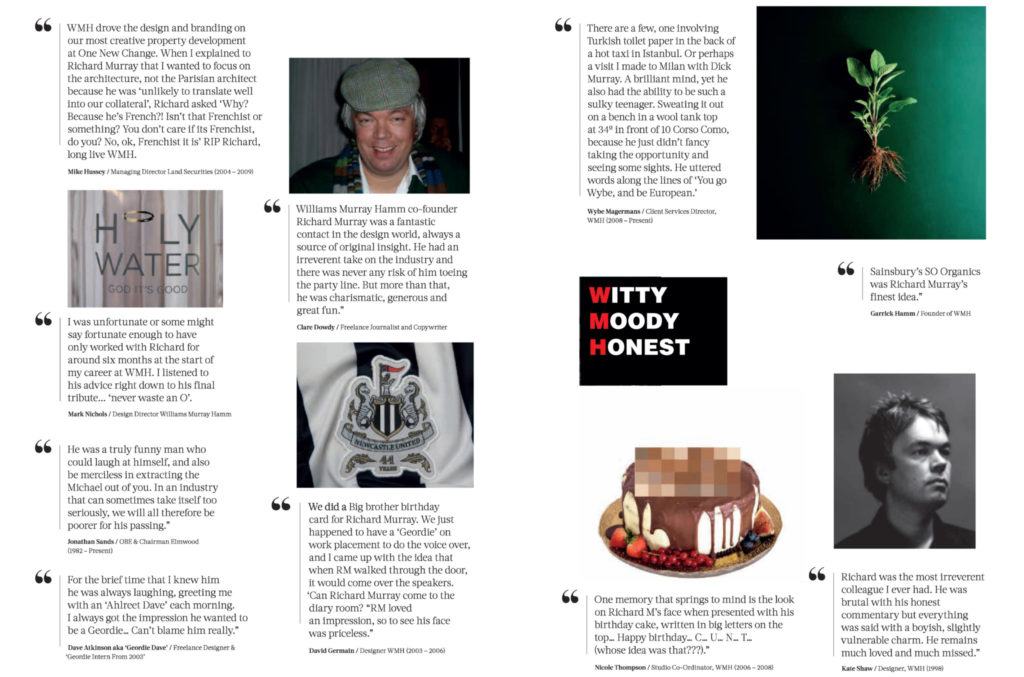
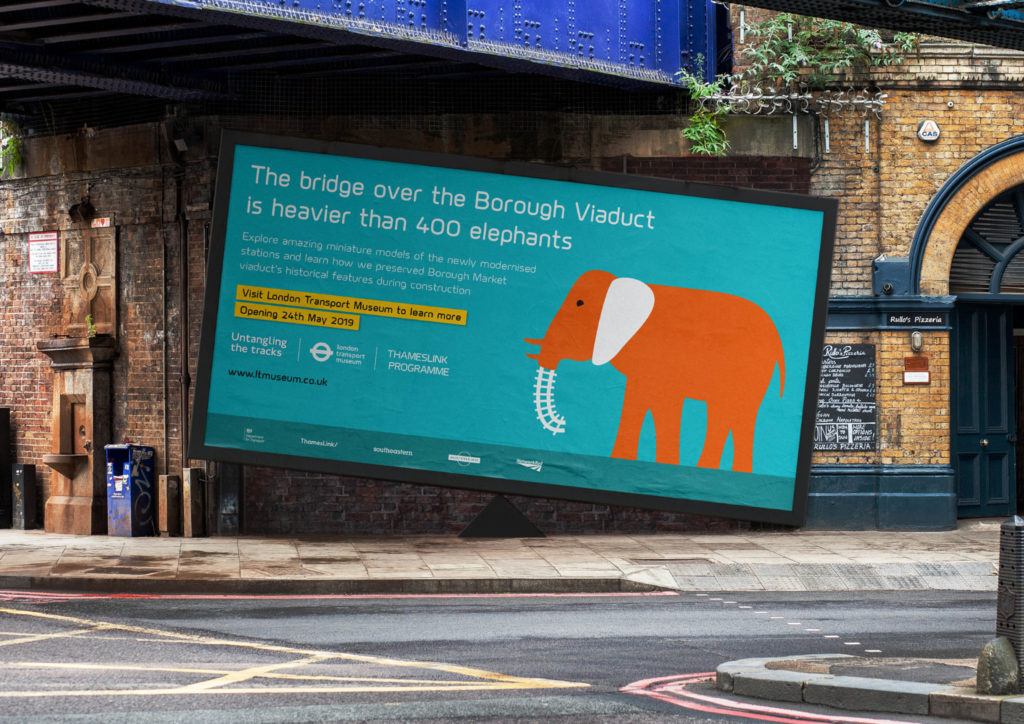
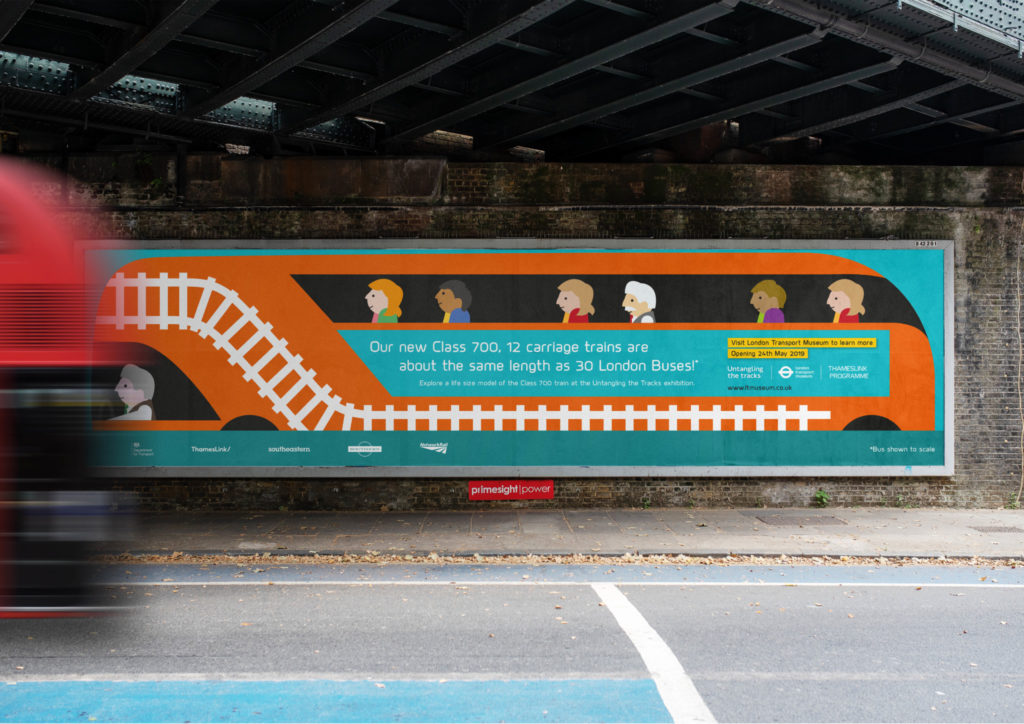
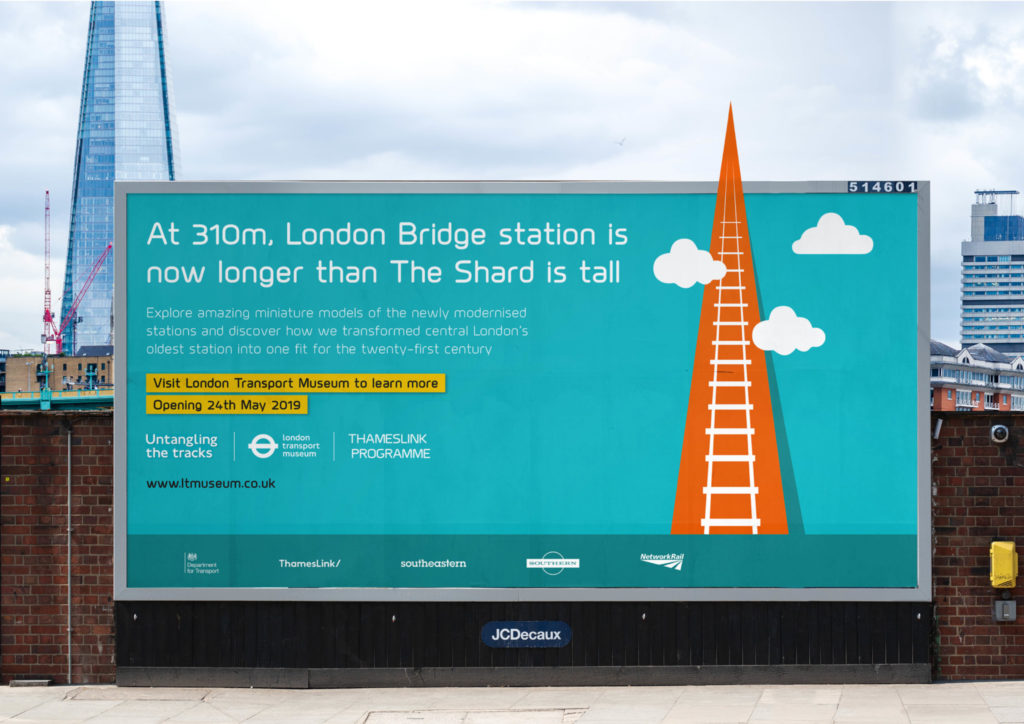
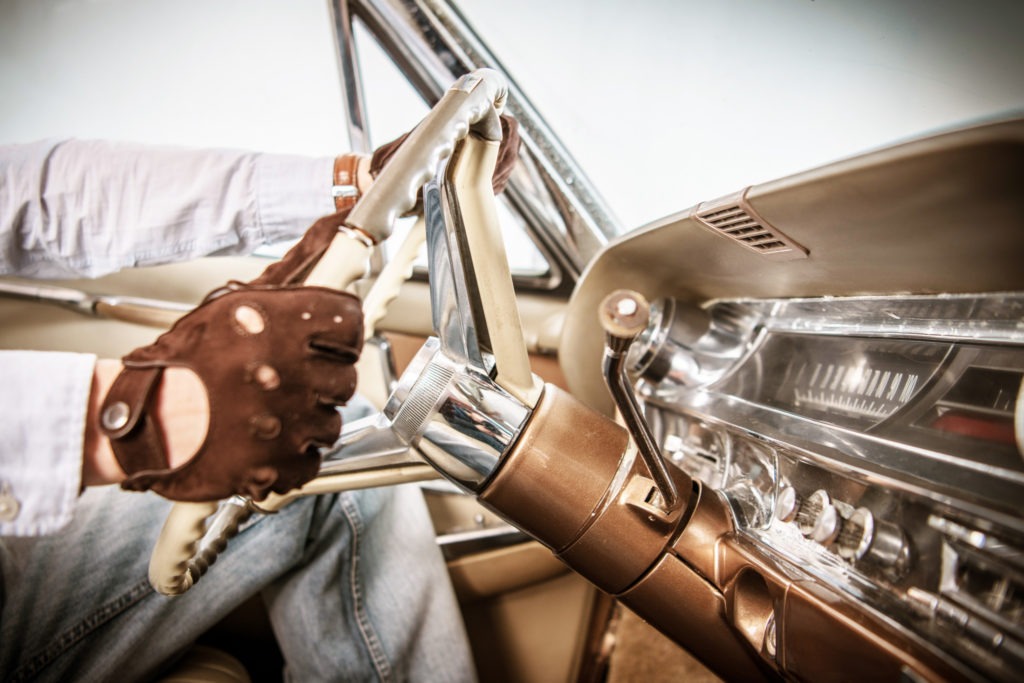
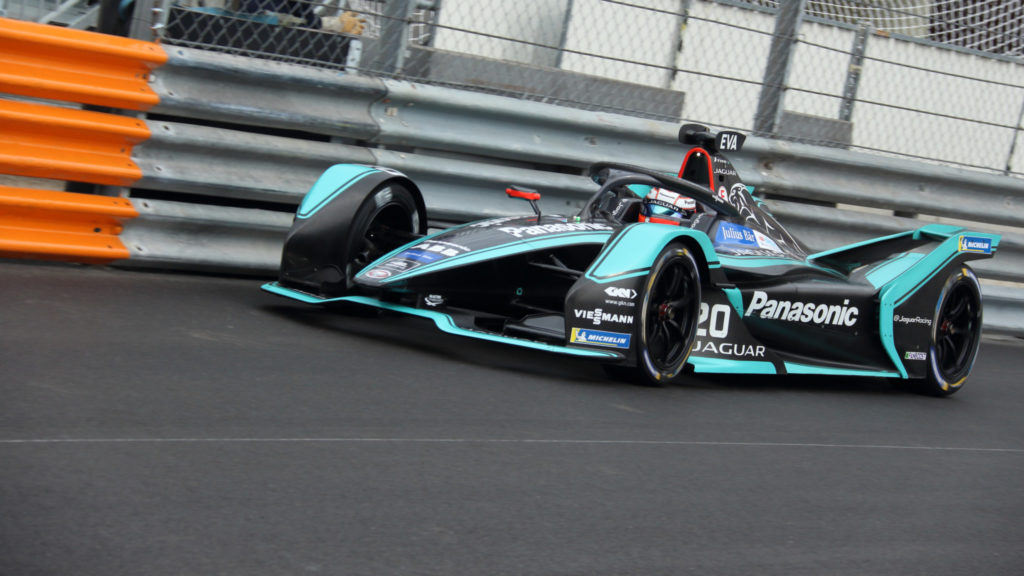
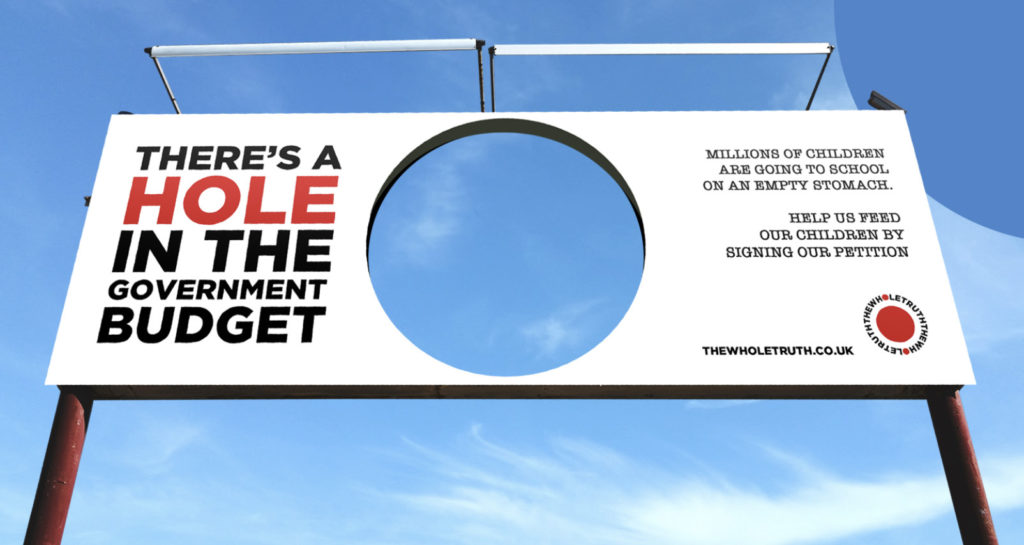
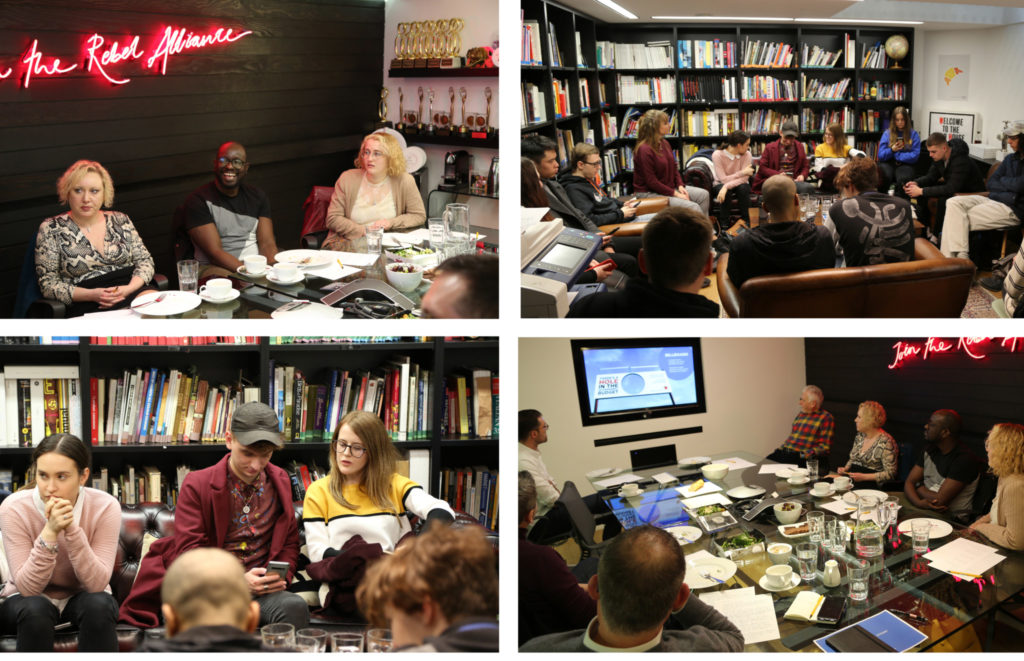
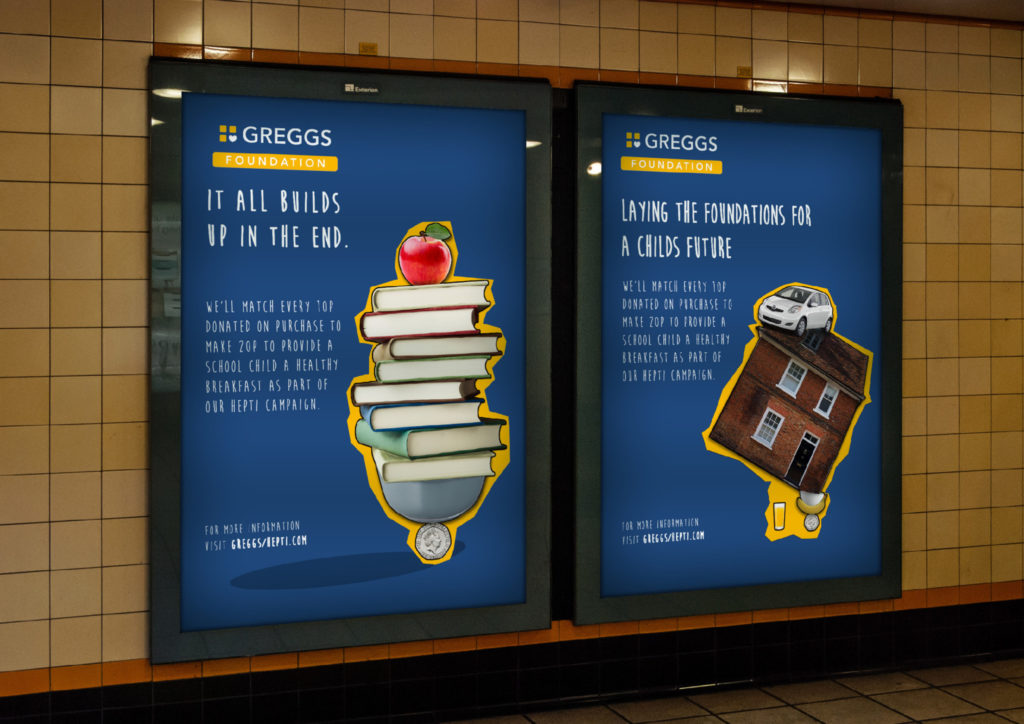
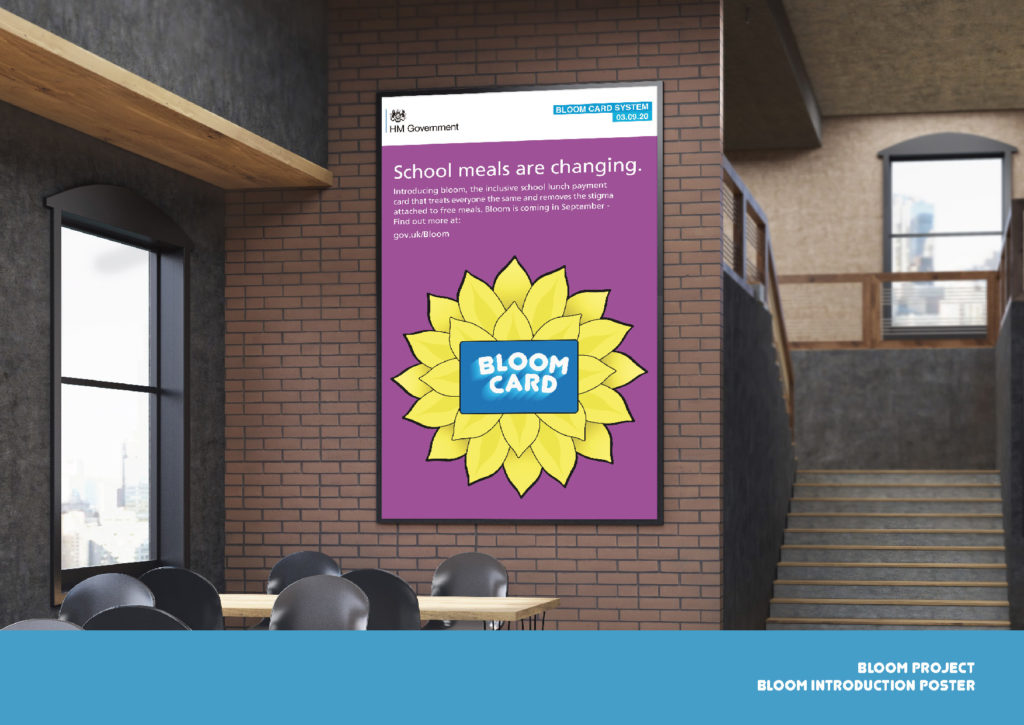
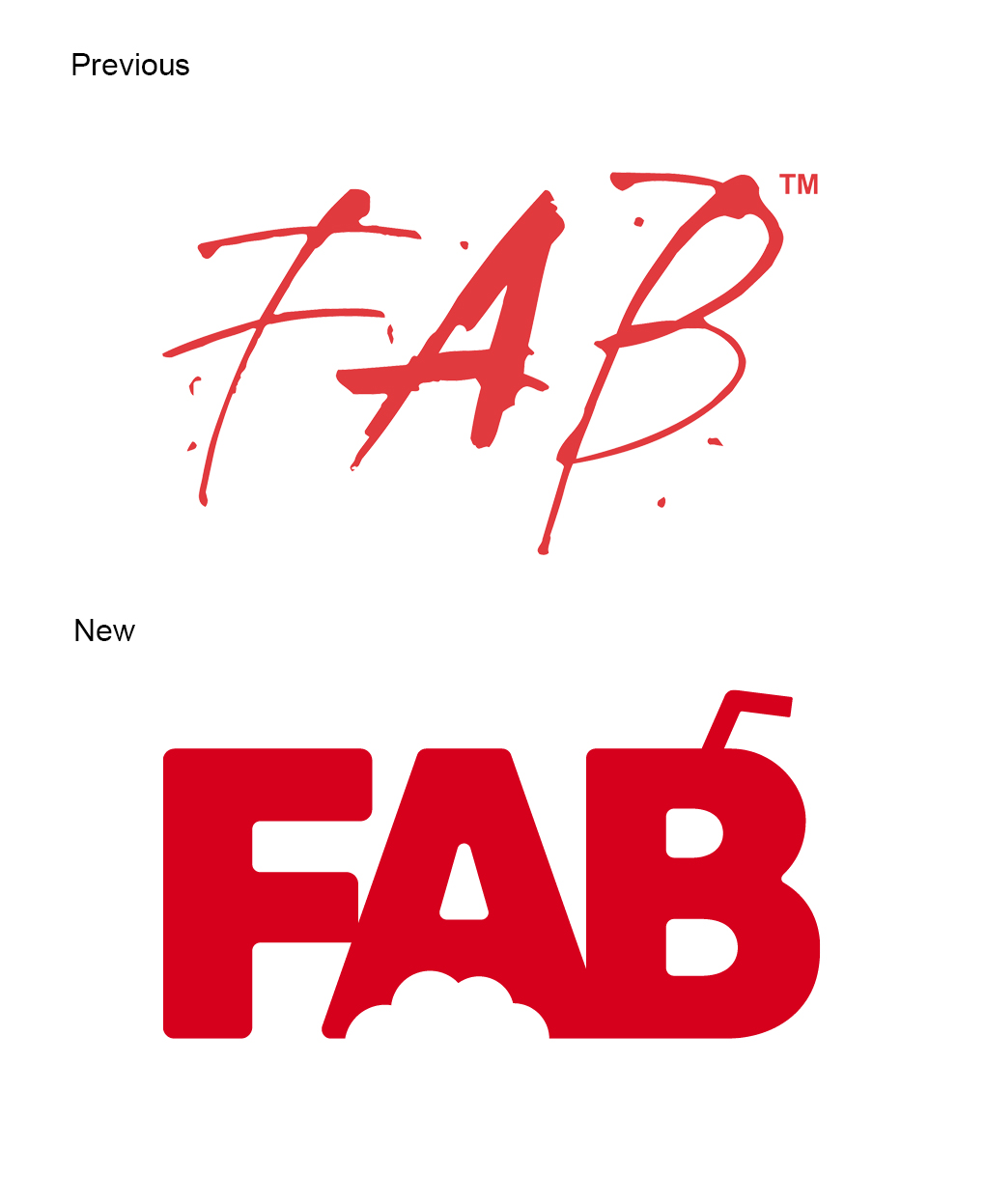
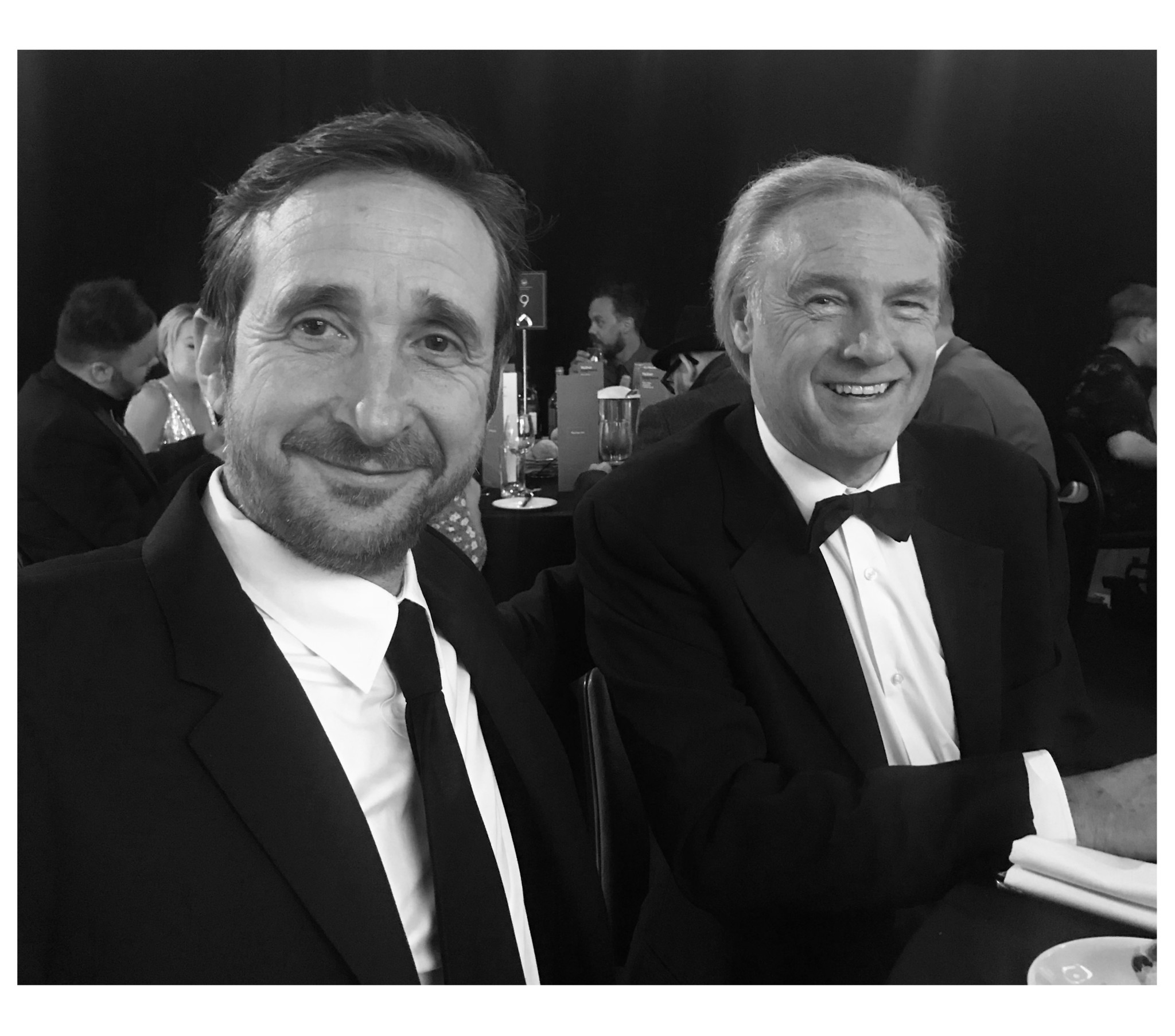
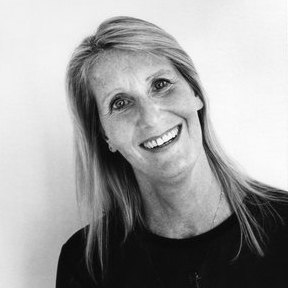
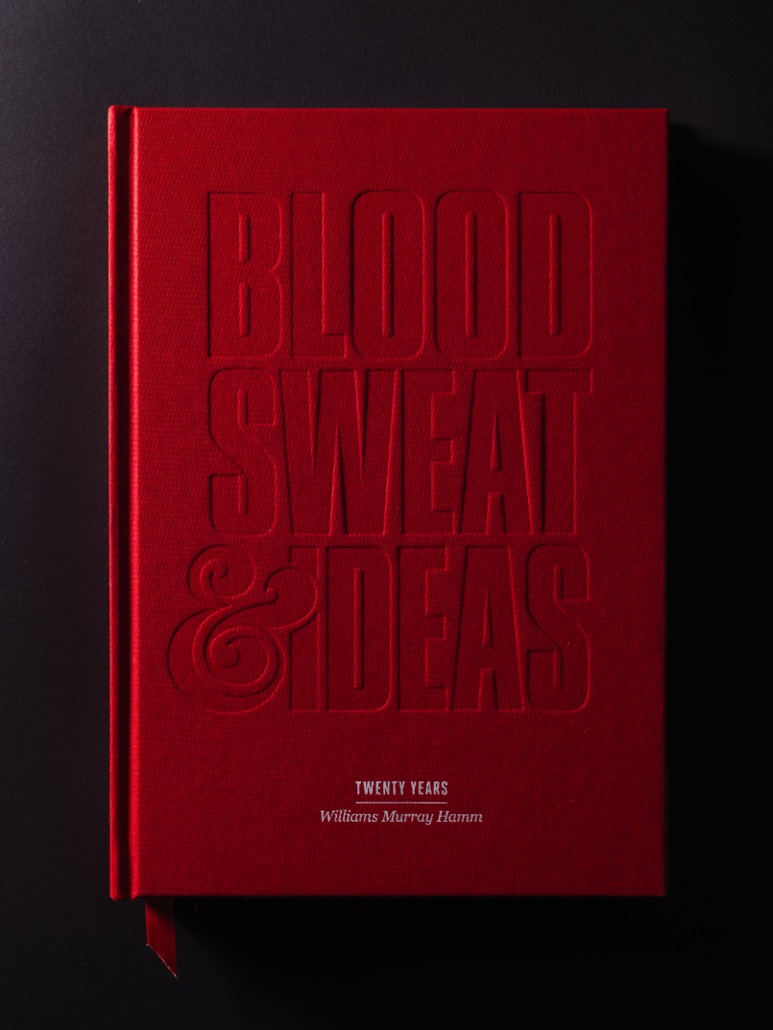
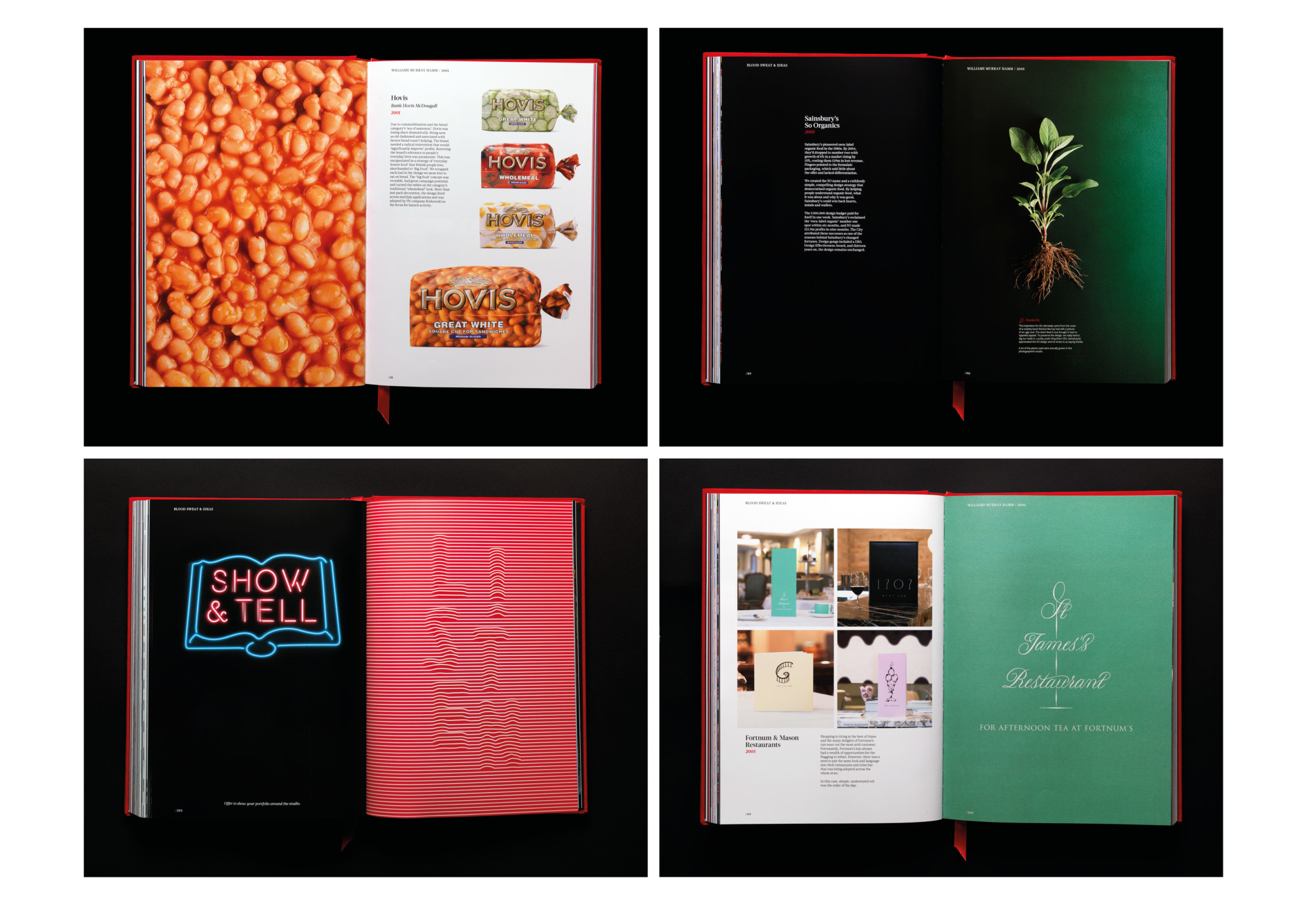


 Jo Loves, by Jo Malone, is doing its part to save the planet this week by giving customers a tote bag for free when they opt out of box packaging. The brand’s ‘packaging free week’ coincides with World Environment Day on Wednesday.
Jo Loves, by Jo Malone, is doing its part to save the planet this week by giving customers a tote bag for free when they opt out of box packaging. The brand’s ‘packaging free week’ coincides with World Environment Day on Wednesday. When Patagonia launched their Repair Your Gear service they went as far as telling people not to buy its products in order to encourage them to consider the effect of consumerism on the environment. Urban Outfitters is launching an online subscription service, called Nuuly, that allows customers to rent and return clothes – emulating the trailblazing companies such as Rent the Runway which has been offering this for over a decade. Both Patagonia and Urban Outfitters have made changes because they understand their audience and what motivates them.
When Patagonia launched their Repair Your Gear service they went as far as telling people not to buy its products in order to encourage them to consider the effect of consumerism on the environment. Urban Outfitters is launching an online subscription service, called Nuuly, that allows customers to rent and return clothes – emulating the trailblazing companies such as Rent the Runway which has been offering this for over a decade. Both Patagonia and Urban Outfitters have made changes because they understand their audience and what motivates them.
 Whatever the reason – environmental, health, animal welfare or taste – many of us are looking for plant-based alternatives. Even in carnivorous America, 39% of the population are actively trying to eat more plant-based foods, according to a recent
Whatever the reason – environmental, health, animal welfare or taste – many of us are looking for plant-based alternatives. Even in carnivorous America, 39% of the population are actively trying to eat more plant-based foods, according to a recent  Under new ownership,
Under new ownership, 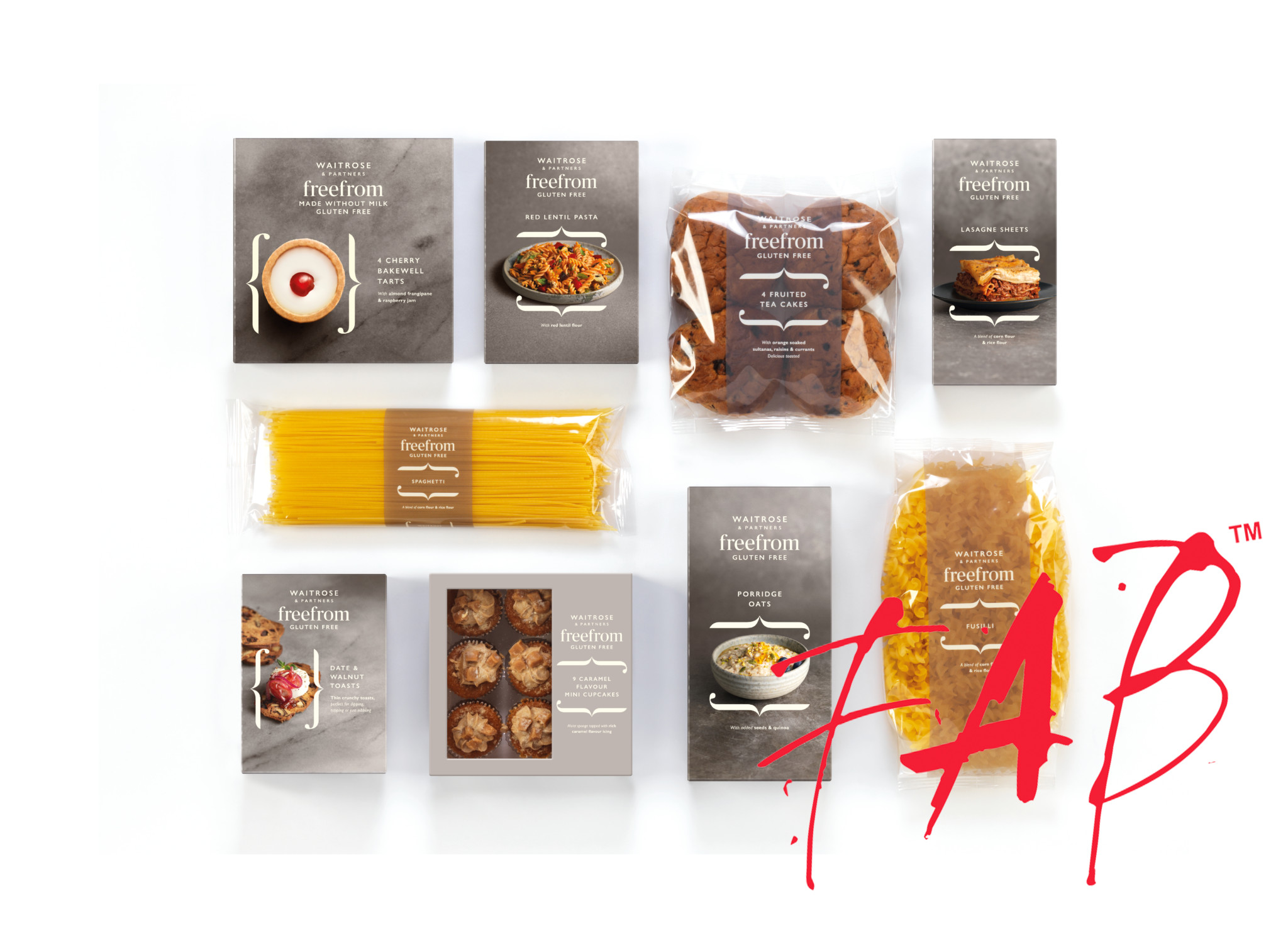

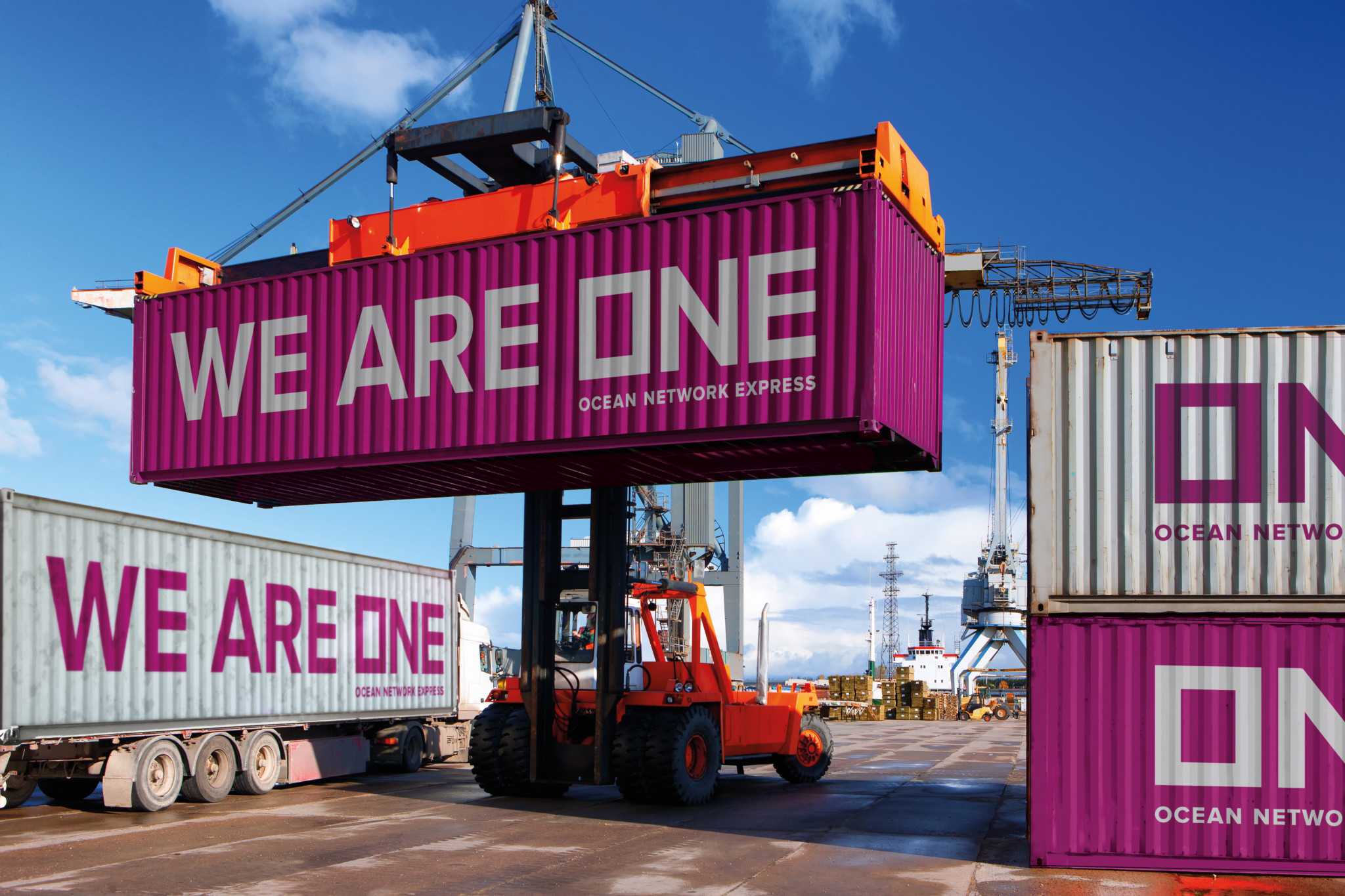
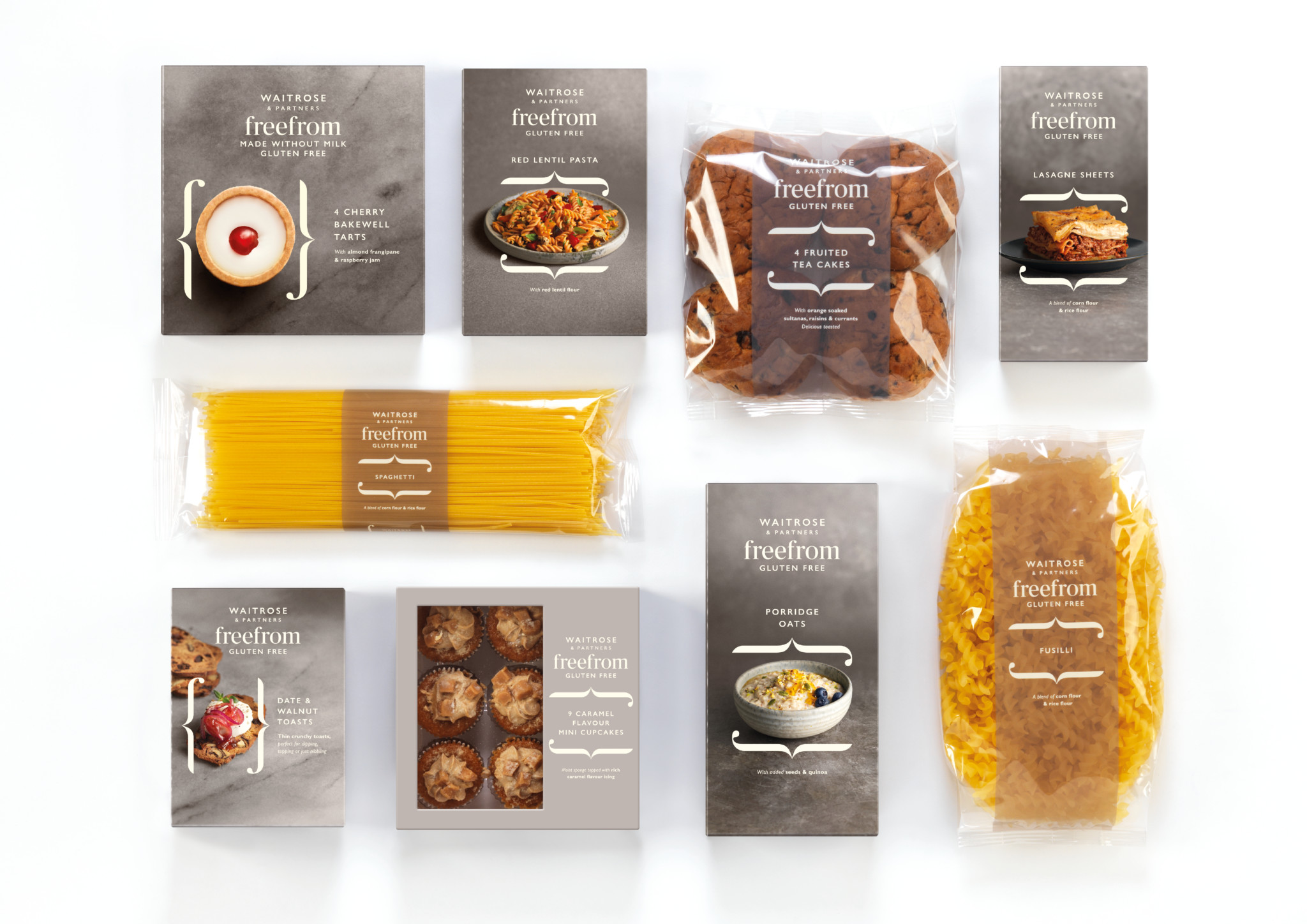

 Fast forward to 2019 and with 500+ outlets, Apple’s stores are the envy of the high street. Its average sale per square foot increased from
Fast forward to 2019 and with 500+ outlets, Apple’s stores are the envy of the high street. Its average sale per square foot increased from  Other big brand owners are learning from this. P&G’s detergent brand Tide is expanding its foray into retail. It opened its first dry cleaning store in 2010, and now has 125 branches run by franchise owners in the US. Last month,
Other big brand owners are learning from this. P&G’s detergent brand Tide is expanding its foray into retail. It opened its first dry cleaning store in 2010, and now has 125 branches run by franchise owners in the US. Last month,